Crocolandia as Conservation Center for Endangered and Species | The Earth, Crocodile & Friends | Educational-Nature-Science Blog
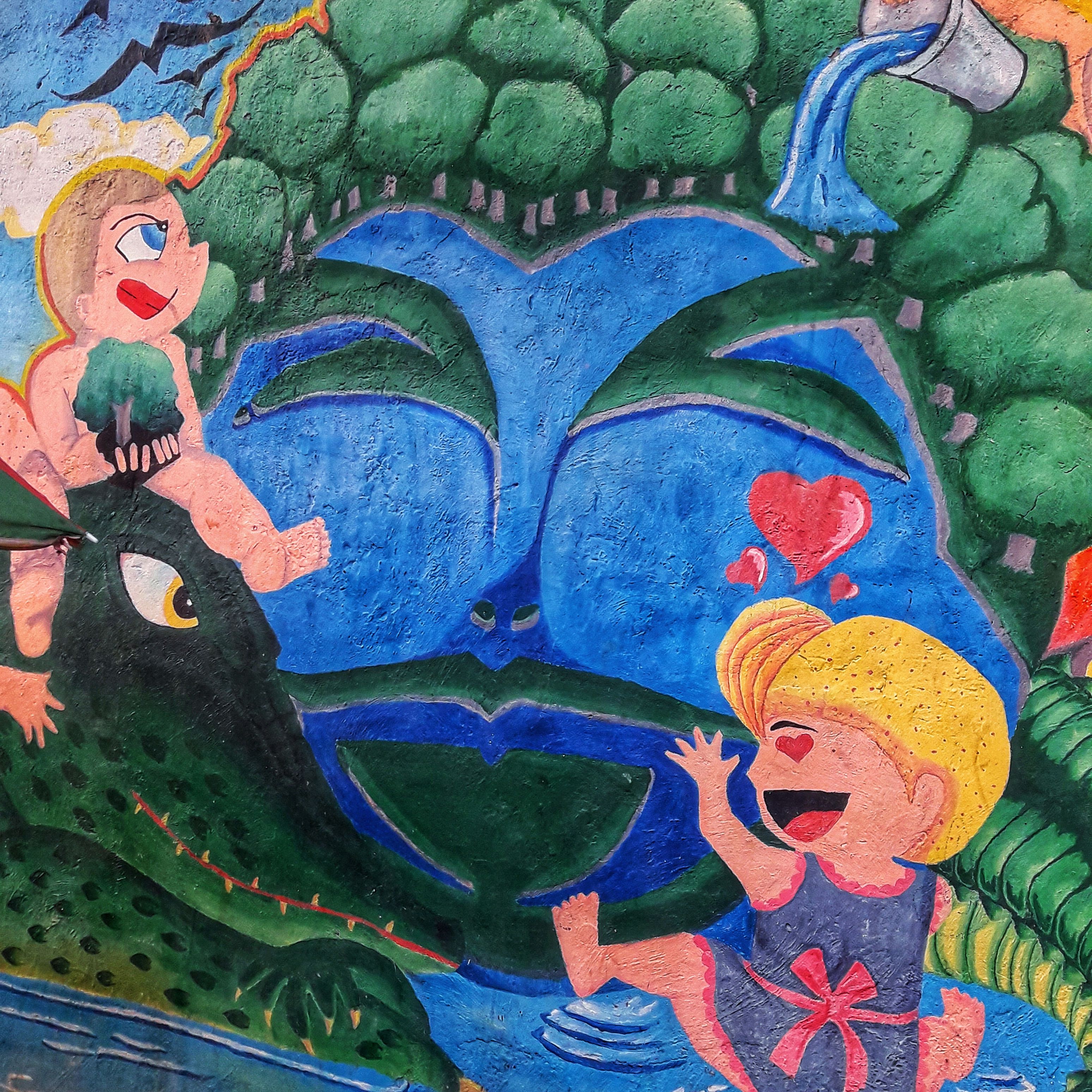
A Happy Mother Earth | Crocolandia Painting
The Earth was a beautiful place. A perfect place for humans and various of magical species. It was a place where all of living things lived naturally. Where birds can fly openly, mammals feed their children safely and fishes swim freely. They lived happily along with their families in their natural habitats consuming all the resources they needed to survive. But it was in the past, the present time had changed severely.
Human population is growing rapidly. This causes the humans to destroy natural habitats. They needed to find a space for them to live not knowing that they are destroying the forests where some animals lived peacefully. They also tend to hunt animals. Humans hunt animals either for their food resources or a hobby and perhaps for them to sell in black-market. Thousands of animals were killed because of humans, some died because they have no place to live to and some died because they’re being hunt by humans. This leads some animals to become extinct or become endanger.
Ages passed, humans gained more knowledge about developing technologies. As technology keeps developing, it also destroys and pollutes natural habitats. Some sea creatures die because of the microplastics that are spreading. Marine debris that harms aqua life. Technology also causes air pollutions that can damage the Ozone Layer resulting to an extreme climate change. When climate changes, it can destroy the habitats of such animals like polar bears and penguins and other animals.
Luckily, in Cebu lies a nature conservation park where some endangered animal species are being cared – The Crocolandia Foundation Inc. Crocolandia was founded last 2001. It is a conservation park center located here in Talisay, Cebu Philippines. It is famous because of the crocodiles that inhabits this park. There are also famous species that inhabits the park.
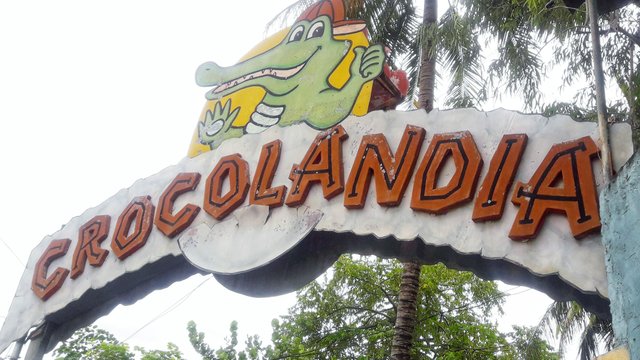
Crocolandia- Home of Crocodiles and Other Awesome Species.
The park has an entrance fee 100 pesos (1.90-2 USD), in order to gain funds for the development of the park. The park has plenty of ponds where crocodiles inhabit. Upon Entering the Park, a "I Love Crocolandia" sign in a corner can be seen. It is good for the visitors and tourists to have a photograph souvenir.
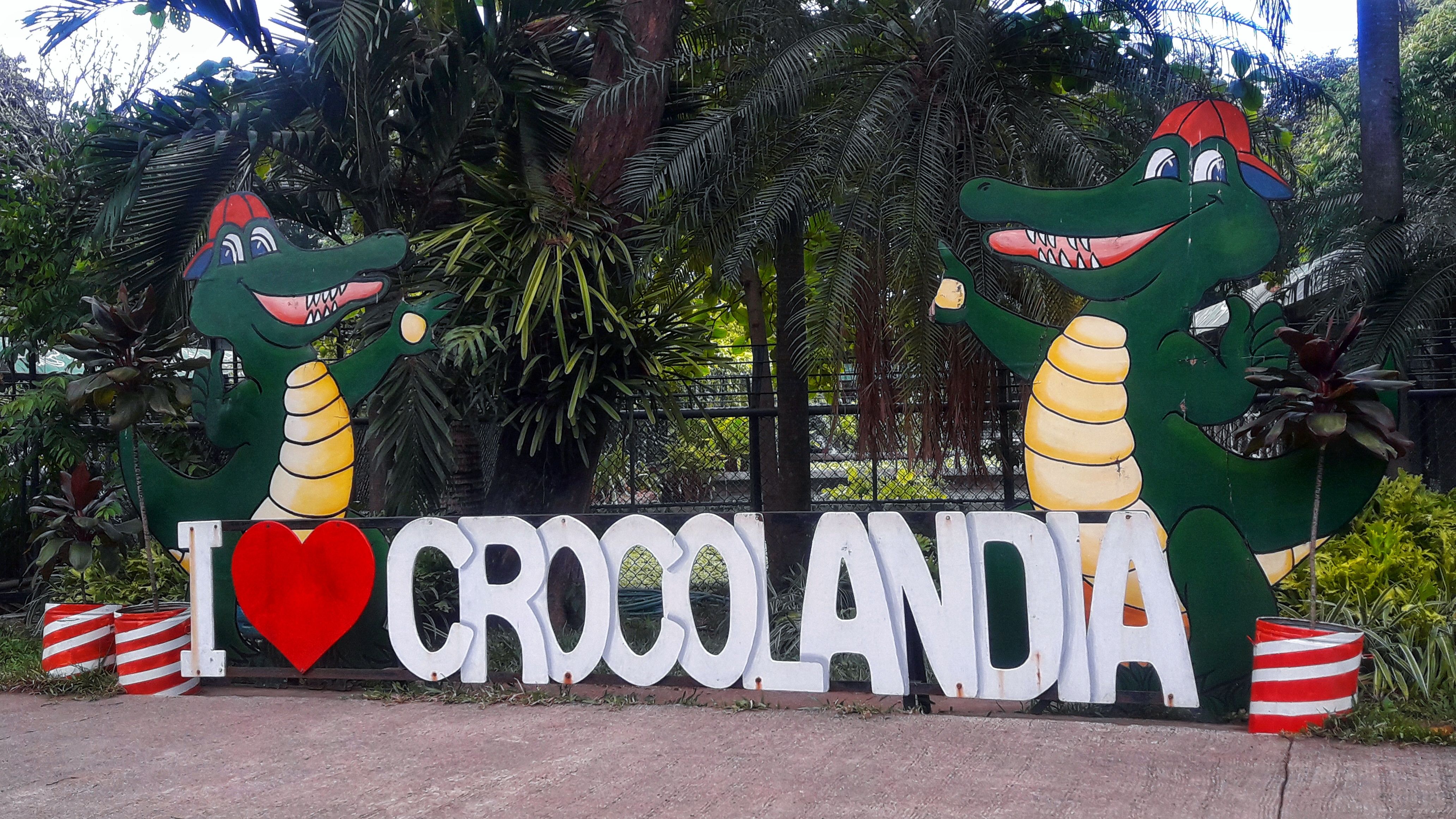
I Love Crocolandia
In order to have a look at the large reptiles, tourists should take a walk in the boardwalks. It is to witness every crocodile in every pond. Above the boardwalks, warning signs/ safety precautions are being attached in order for the safety of the tourists. Crocolandia makes sure the tourists are safe while witnessing every animal.
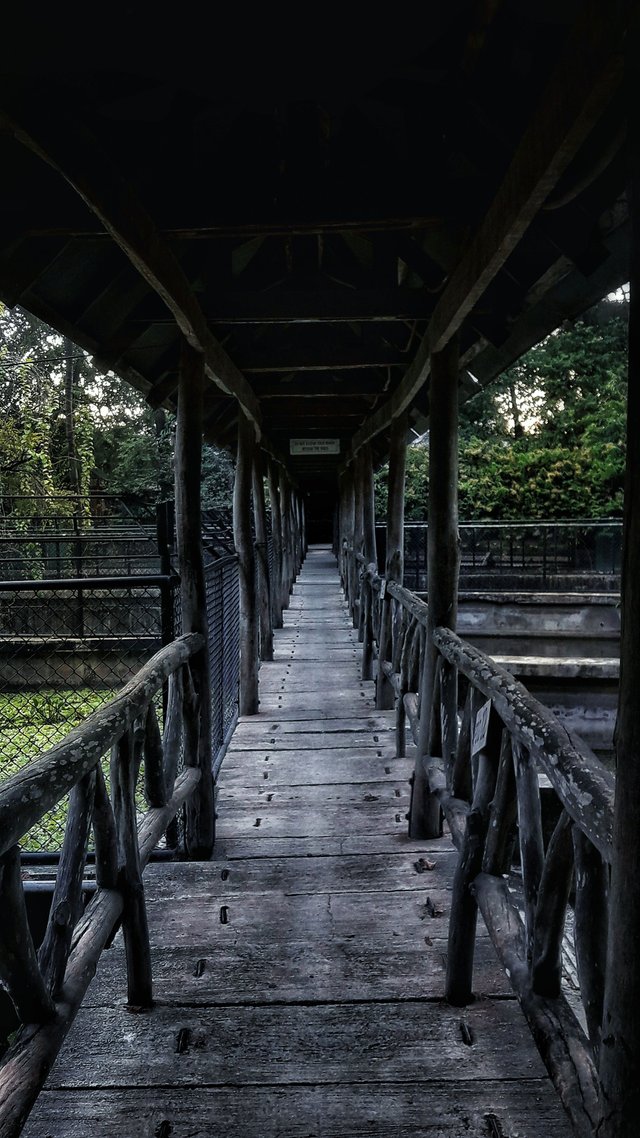
Boardwalk
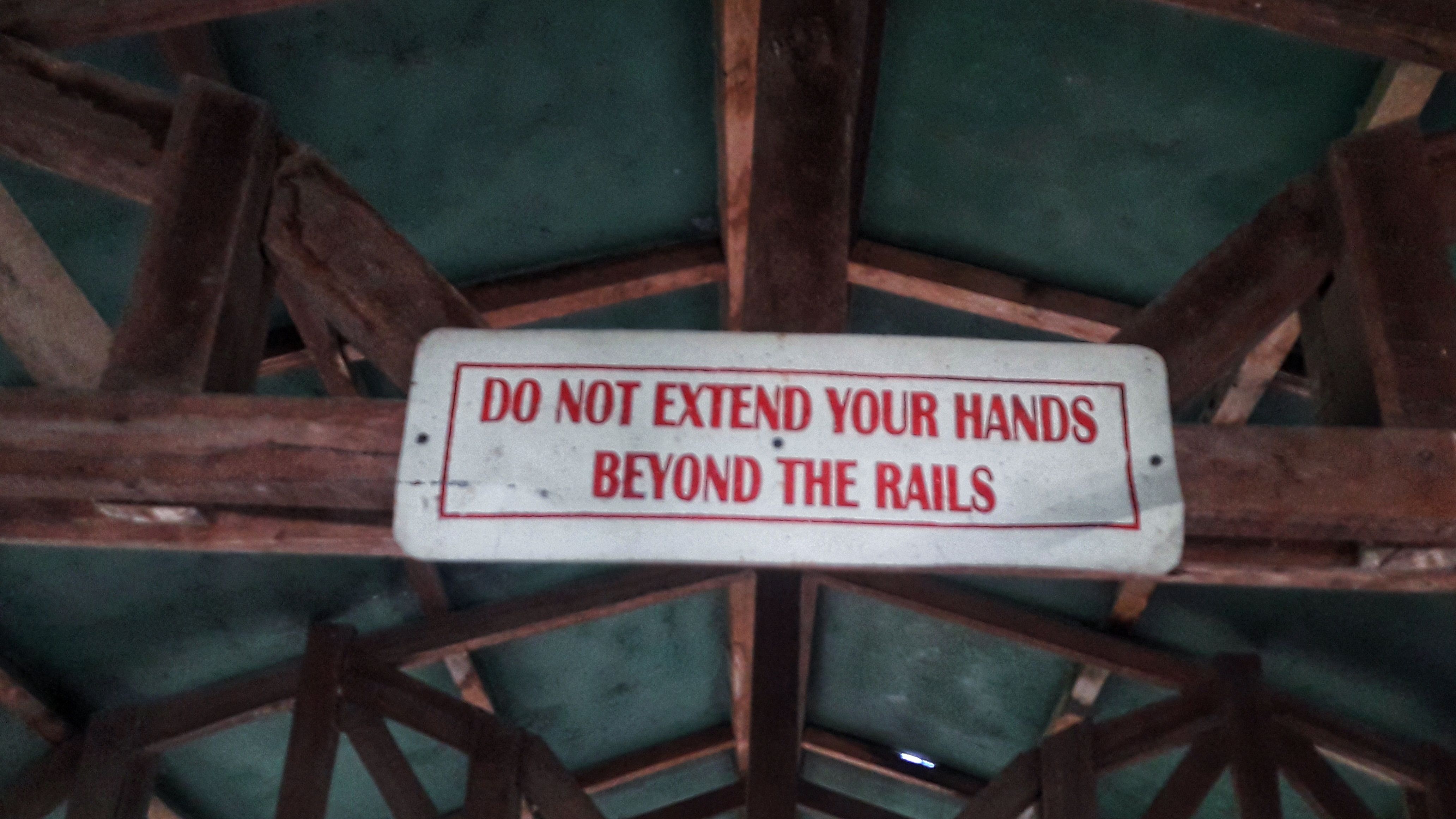
A Safety Precaution
Indo-Pacific Crocodile
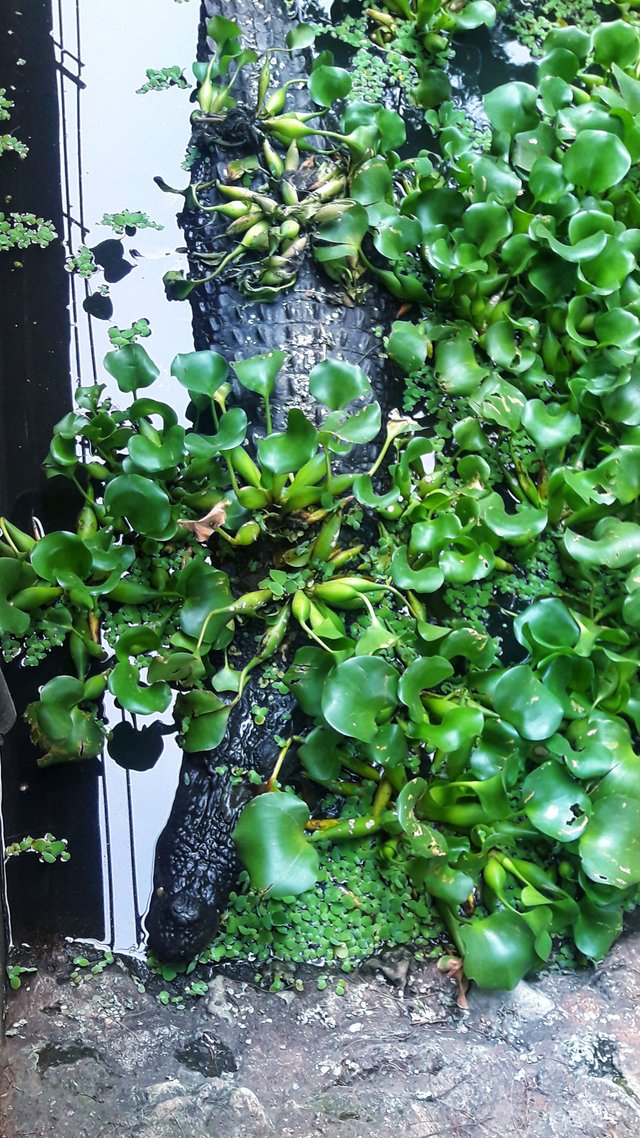
The First Crocodile Resident
Scientific Name: Crocodylus porosus
Common Name: Buwaya
Description:
The largest crocodilian and the largest living reptile of today. Adult males can reach up to 6-7m, while females reach up to about 2.5-3m. They have a very large head and very strong set of jaws. Juveniles are pale yellow in color with black stripes and spots on the body and tail while adults are much darker with lighter tan or gray areas.
Habitat:
It has a high tolerance of salinity. Being found mostly in coastal waters and around large rivers and lake.
Diet:
Variety of large mammals and birds. Fish also forms a part of their diet.
Range:
Found throughout the tropical regions of Asia and the Pacific, wherever there is suitable habitat.
Status:
Widespread and numerous in Australia and New Guinea but depleted elsewhere.
Spectacled Caiman
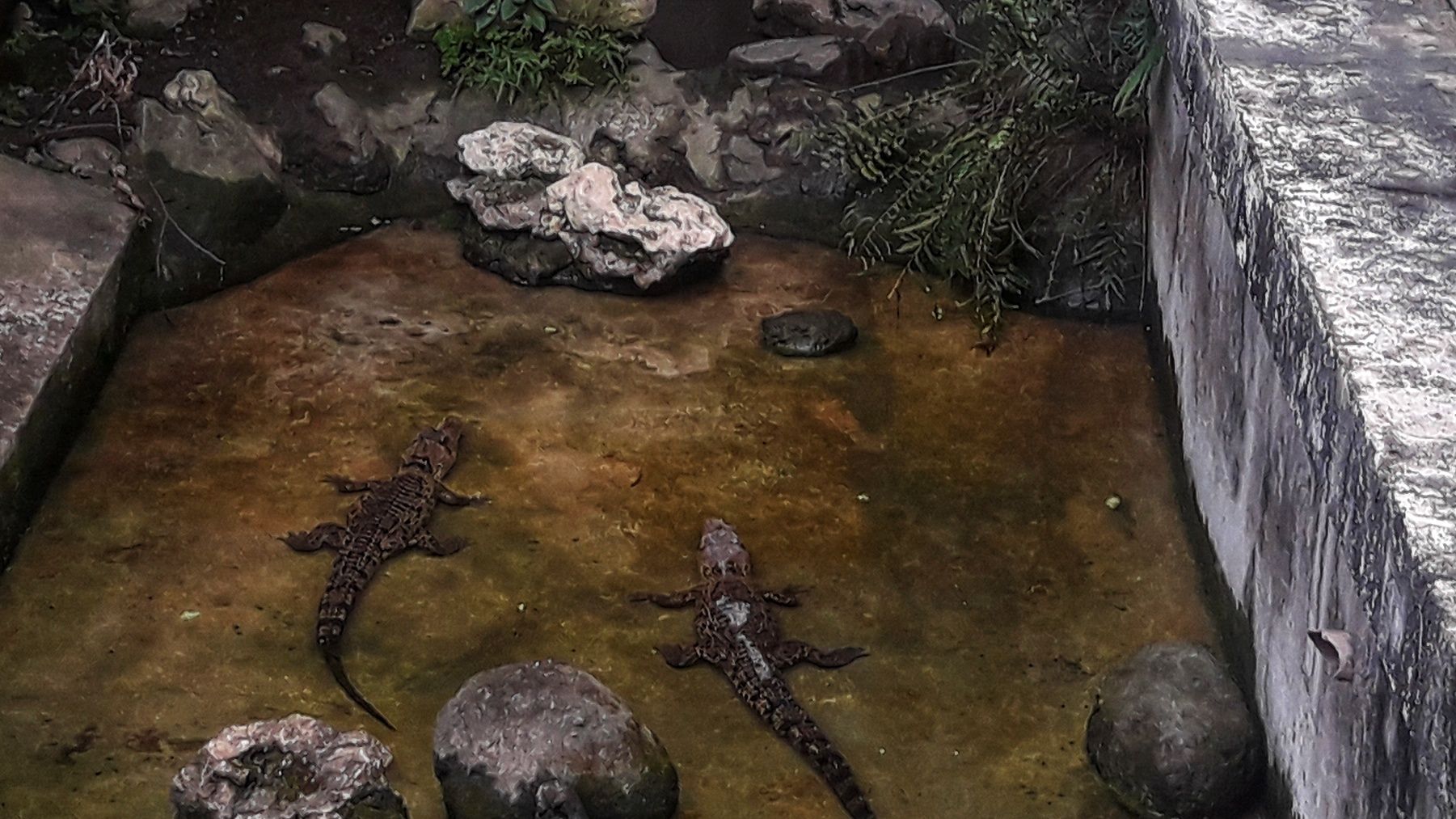
Cute Crocodile Species
Scientific Name: Caiman crocodylus
Description:
The most generalized of the caimans and could easily be mistaken for a small crocodile. They have a bony ridge in front of its eyes that resembles a pair of spectacles hence they are nicknamed as Spectacled Caiman. Adults reaches 2.5m length although some may exceed 3 meters.
Habitat:
An extremely adaptable species, it occurs in virtually all natural open habitats such as savannahs, swamps and large rivers and lakes and invades open habitat created by humans (ponds, dams and borrow pits).
Diet:
Smaller individuals eat insects, crabs and other invertebrates. Large animals eat fish, birds, reptiles and mammals like wild pigs.
Range:
Most widespread and the only caiman to range outside South American continent, it occurs from Southern Mexico, south to northern Argentina.
Status:
Common.
Philippine Freshwater Crocodile
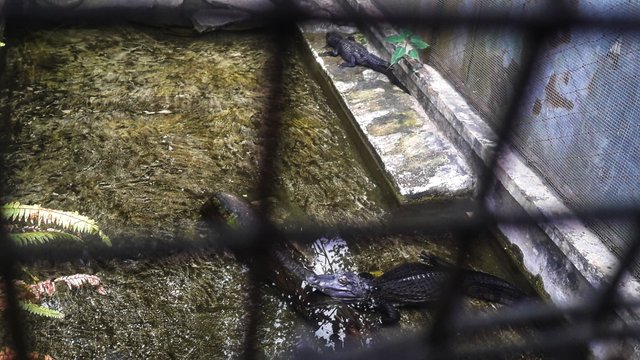
Filipino Crocodiles
Scientific Name: Crocodylus mindorensis
Common Name: Buwaya
Description:
A relatively small freshwater species averaging 1.5-2m in total length and the adult makes reportedly reaching 3m. Dorsal color is dull brown with darker transverse dorsal bars on the back and tail. The ventral surface is white.
Habitat:
Inhabits primarily freshwater such as tributaries of large rivers, small lakes, swampy depressions and marshes.
Diet:
Eats variety of aquatic and terrestrial prey such as turtles, snakes, insects and small mammals.
Range:
Found only in the Philippines, in the islands of Luzon, Mindoro, Masbate, Samar, Negros, Busuanga, Mindanao and Jolo in the Sulu Archipelago.
Status:
Endemic and critically endangered.
More Crocodiles
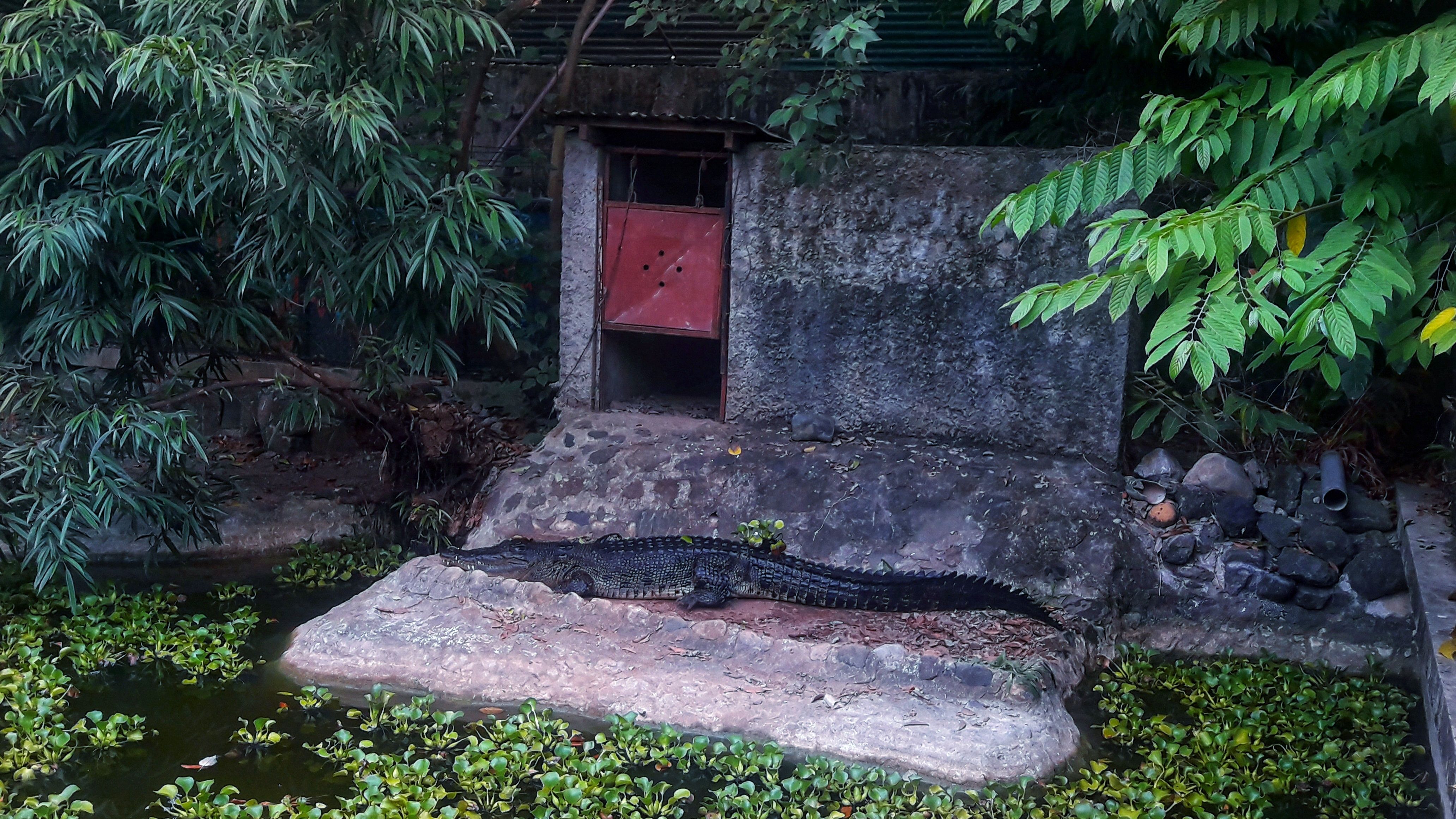
Chillaxing
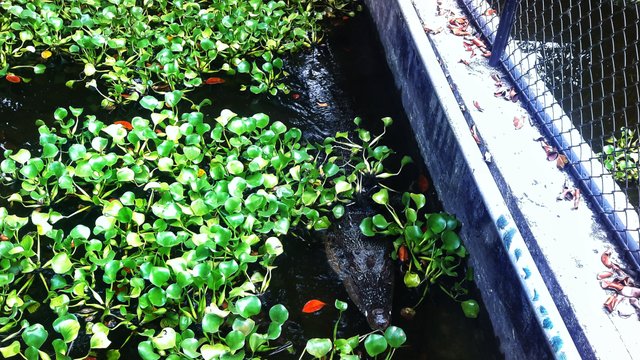
Swimming Towards Me
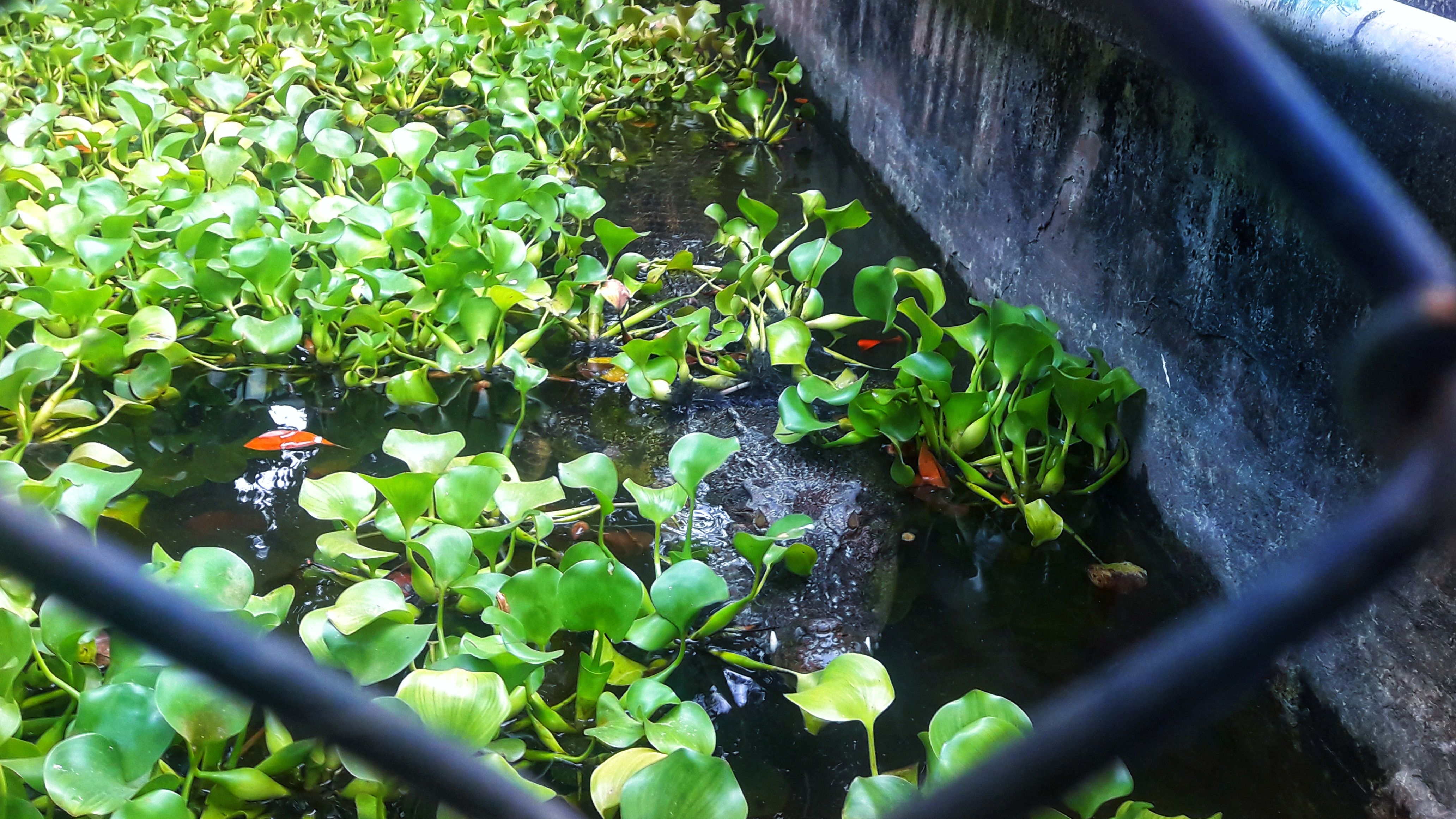
Hello There
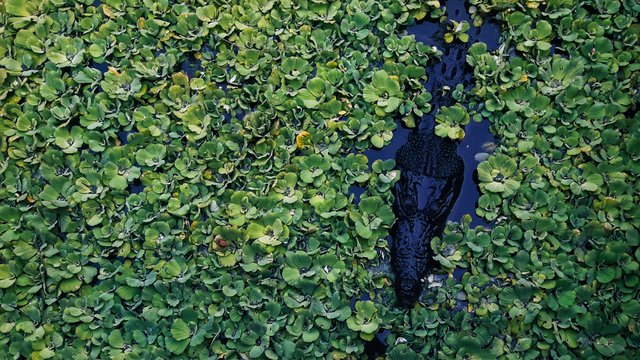
Sleeping Croco
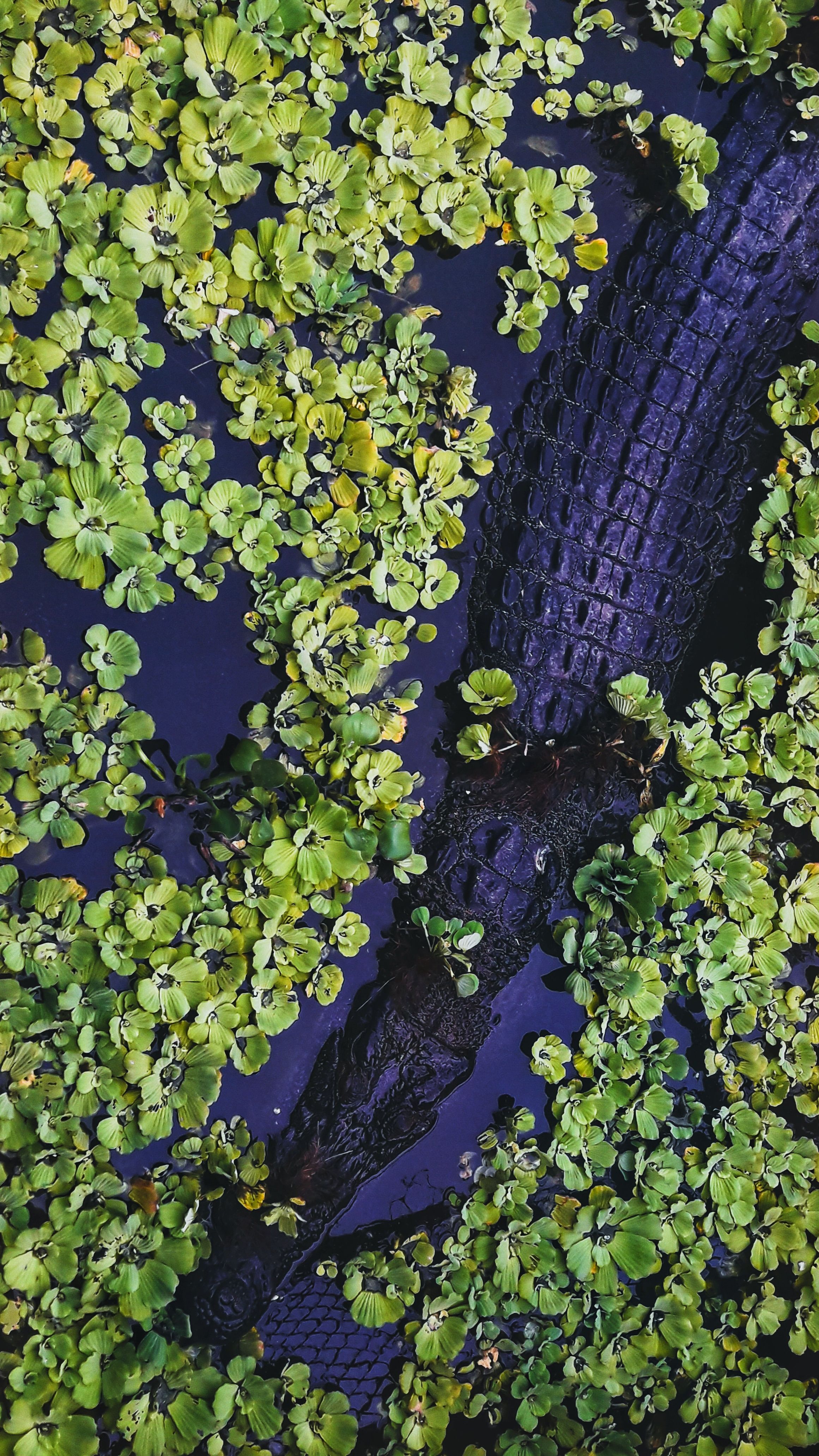
Look at it Scutes - Skin
I was very happy to see them floating in their own beloved pond. They look healthy and happy in their home. Meeting these large reptiles will surely a breathtaking experience. If you wish to visit in Crocolandia please take care on taking this kind of photographs. They aren't easy and it's very dangerous though your cellphone could drop in the pond. Thank me for capturing these photographs.
After seeing these crocodiles, you can enter their own museum. Where several of artifacts are featured. Bone structures, turtle shells, insects, eggs and many more. Crocolandia gave the tourists another educational attraction. Science and History of animals can be seen.
Bone Structures
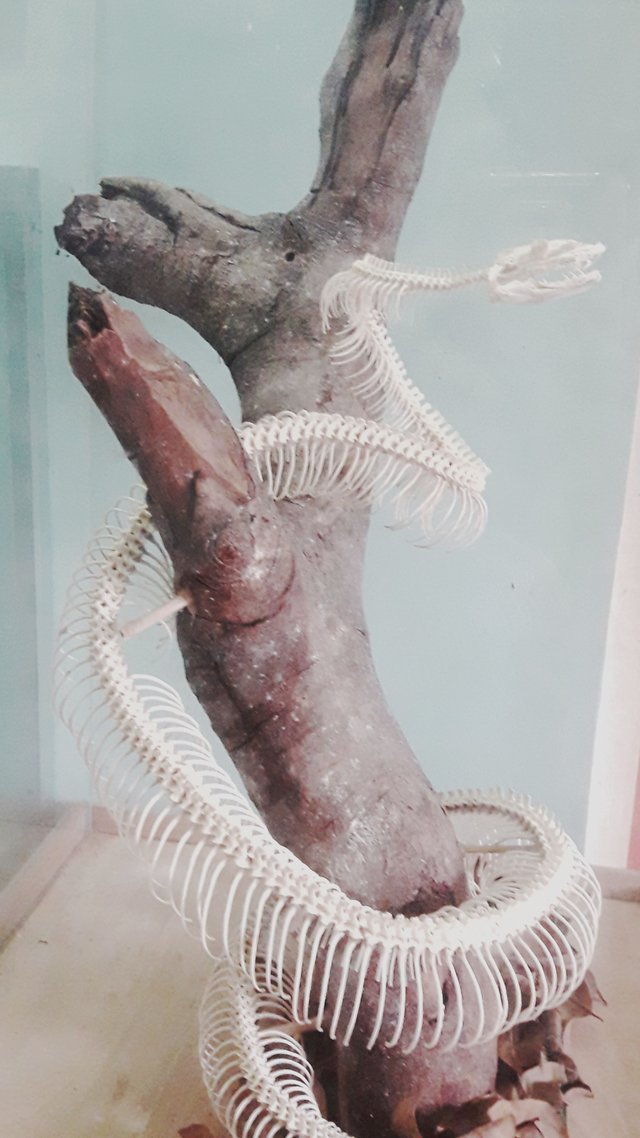
A Serpent's Courpse
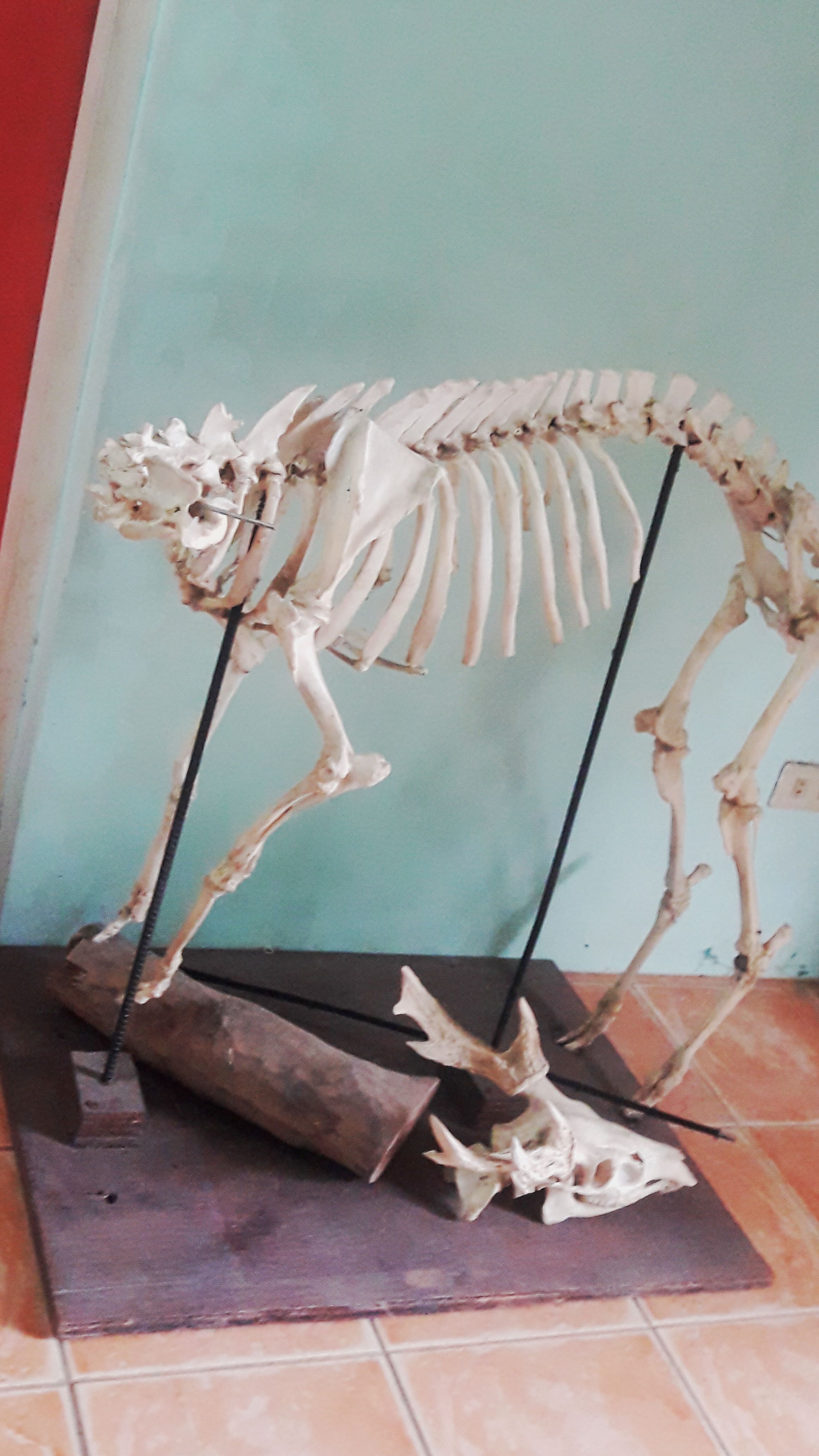
Dearest Dear
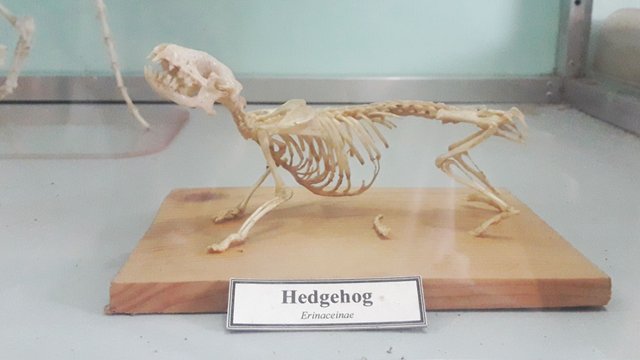
The Spiny's Courpse
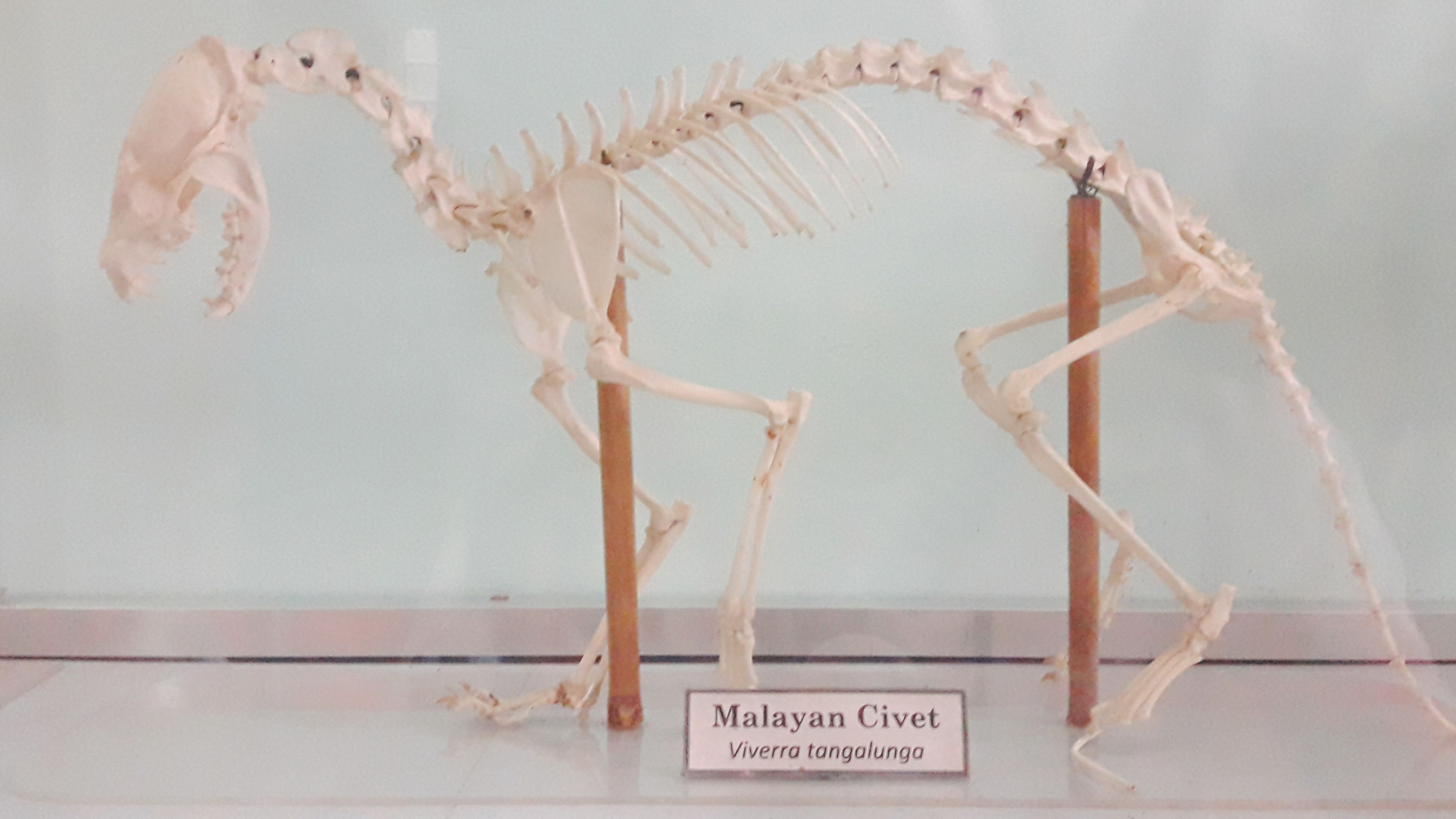
Civet's Courpse
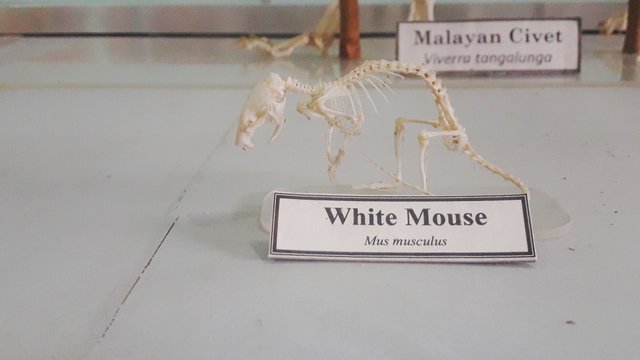
Stuart Little?
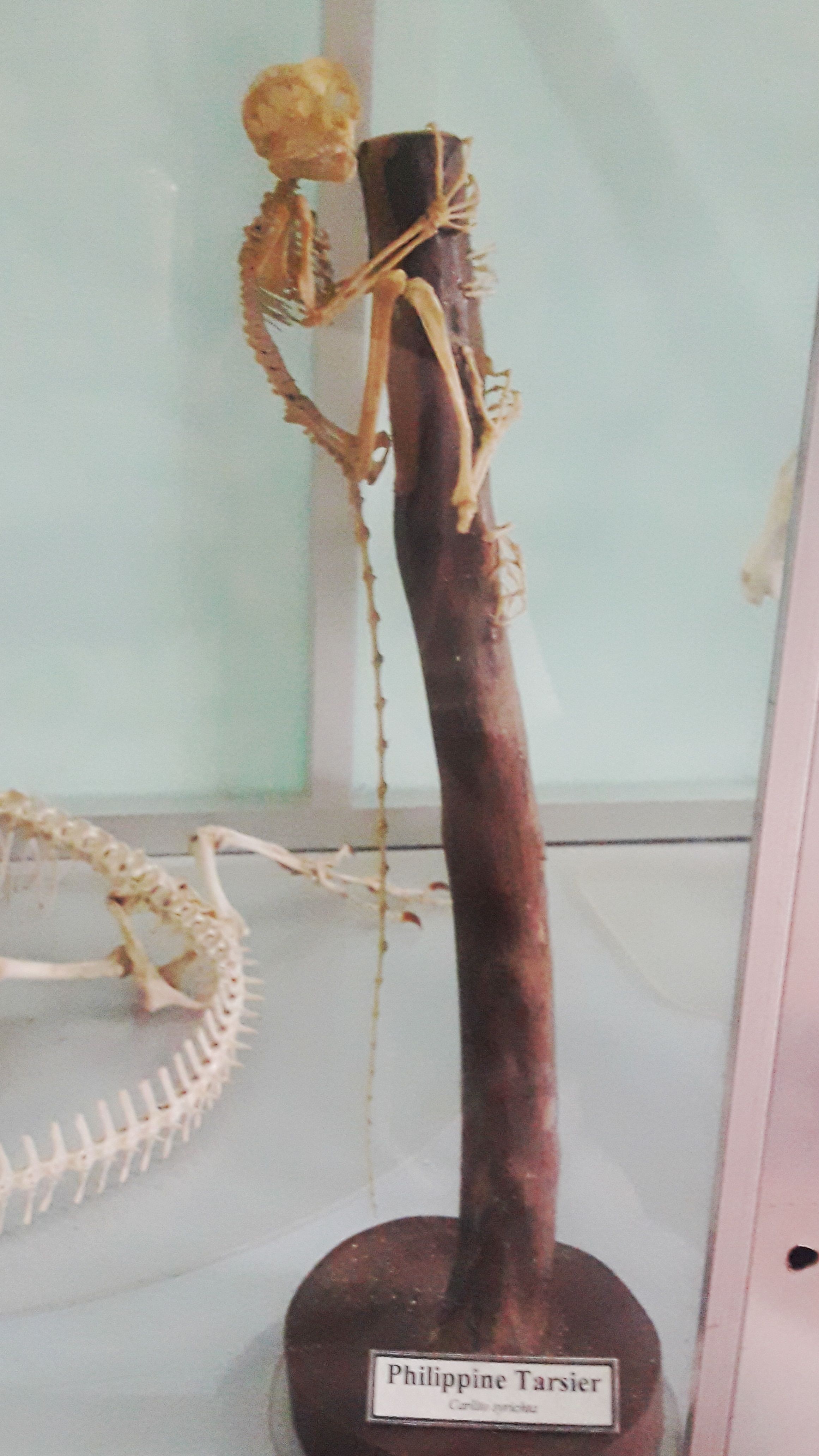
Smallest Monkey
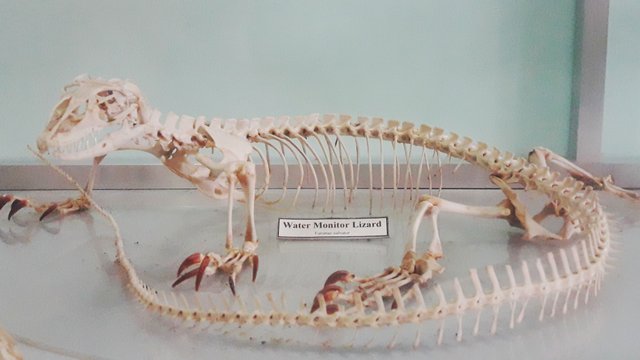
Lizard's Bone
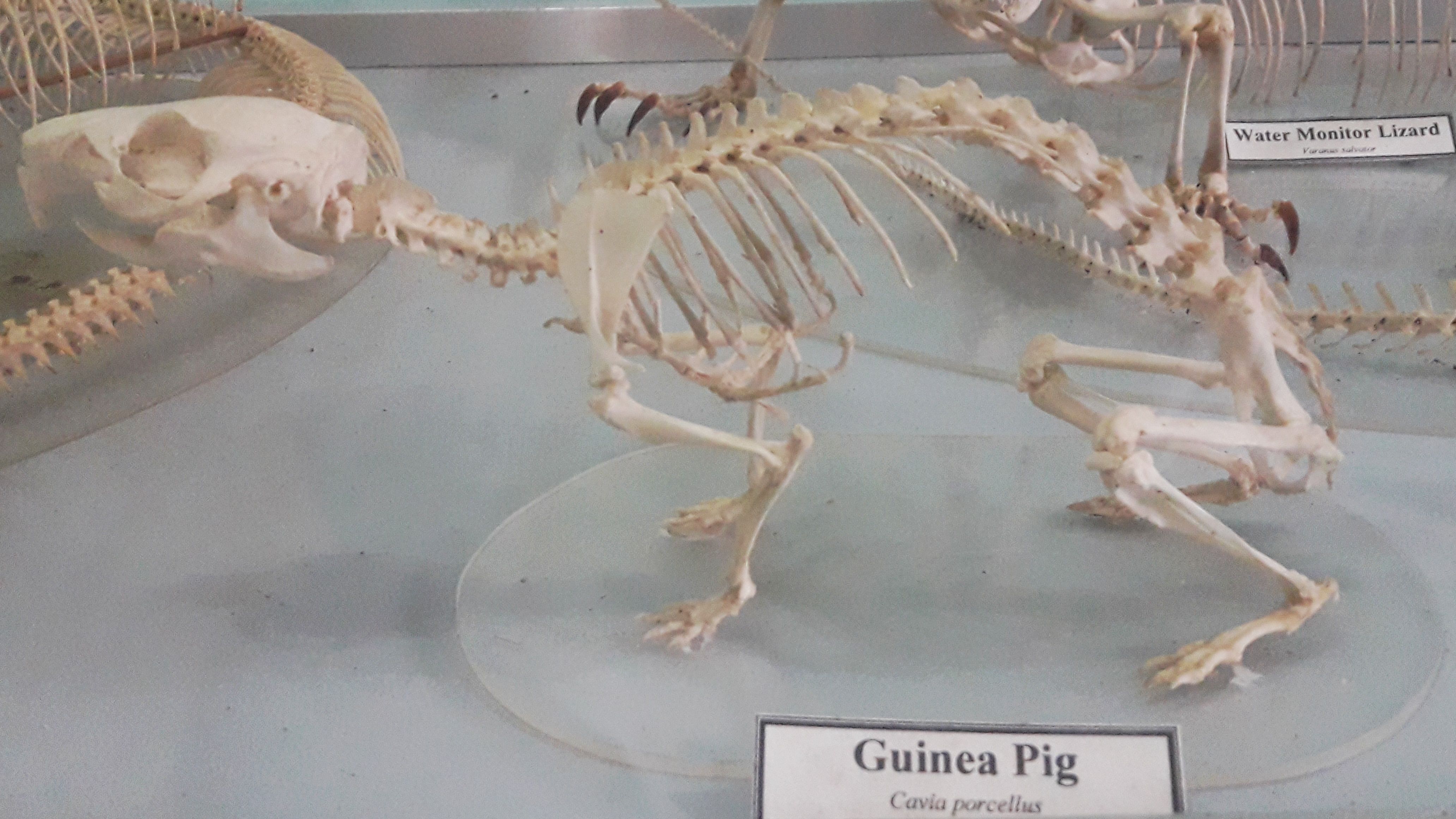
Guinea Pig's Bone
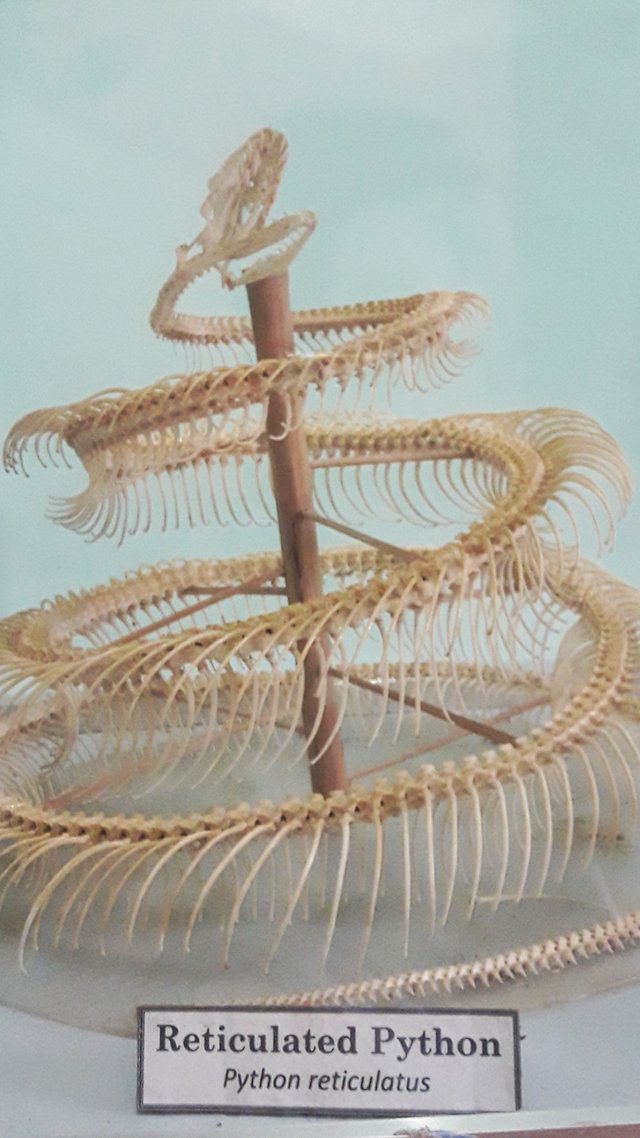
Python's Courpse
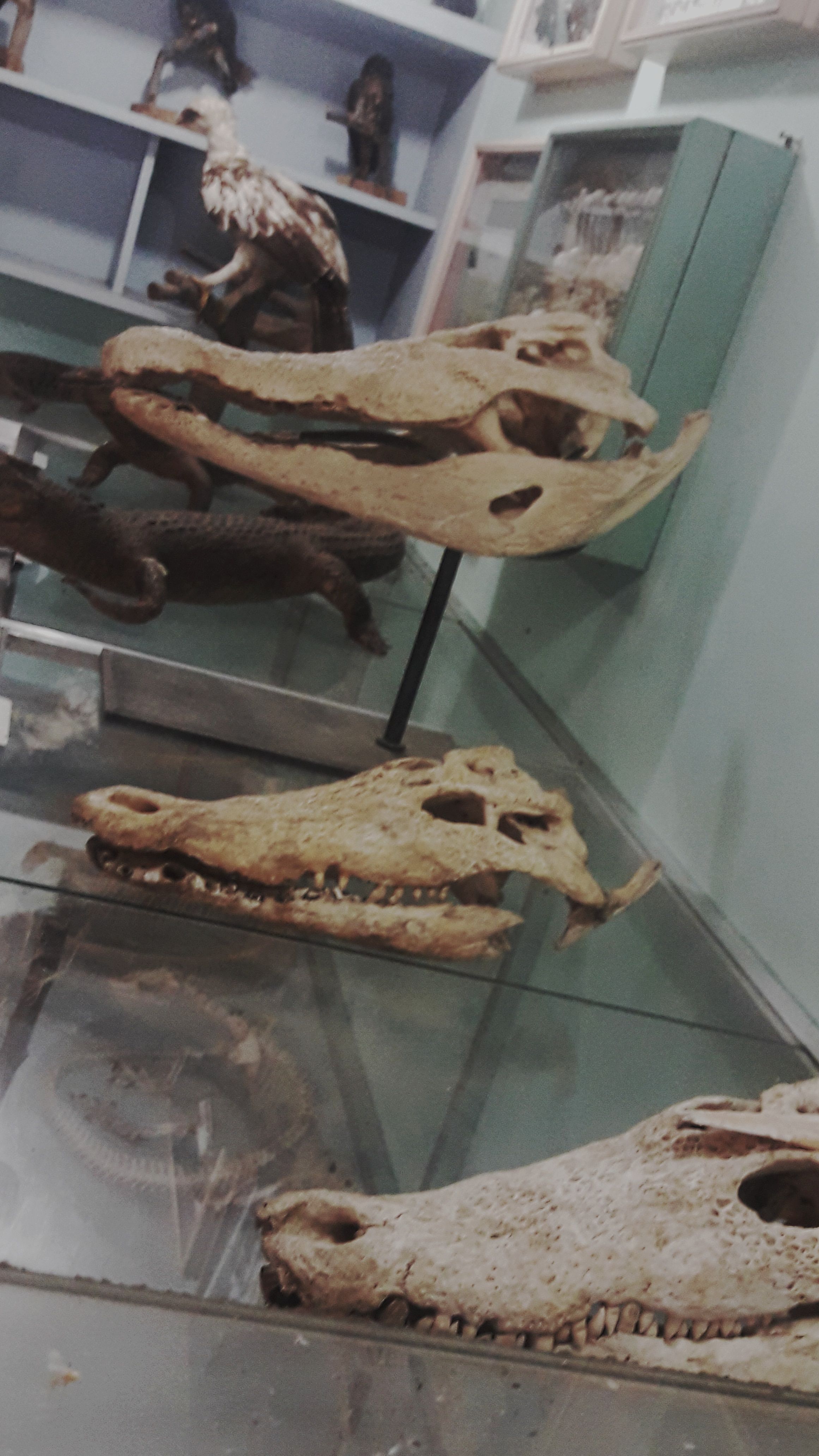
Croc-Skulls
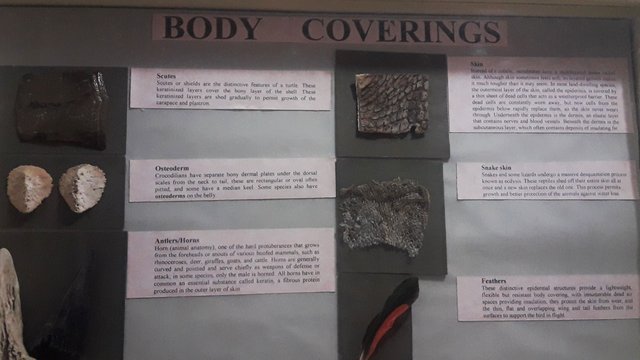
Body Coverings 1
- Scutes
- Scutes or Shields are the distinctive features of a turtle. These keratinized layers cover the bony layer of the shell.
- Skin
- Instead of a cuticle, vertebrates have a multilayered structure called skin. Although skin sometimes feels soft, its layered growth makes snakes much tougher than it may seem.
- Osteoderm
- Crocodilians have separate bony dermal plates under the dorsal scales from the neck to tail, these are rectangular or oval often pitted, and some have a median keel.
- Snake Skin
- Snakes and some lizards undergo a massive desquamation process known as ecdysis. These reptiles shed off their entire skin all at once and a new skin replaces the old one.
- Antlers/Horns
- Horn (animal atanomy), one of the hard protuberances that grows from the foreheads or snouts of various hoofed mammals, such as rhinoceroses, deer, giraffes, goats, and cattle.
- Feathers
- These distinctive epidernal structures provide a lightweight, flexible but resistant body covering, with innumerable dead air spaces providing insulation.
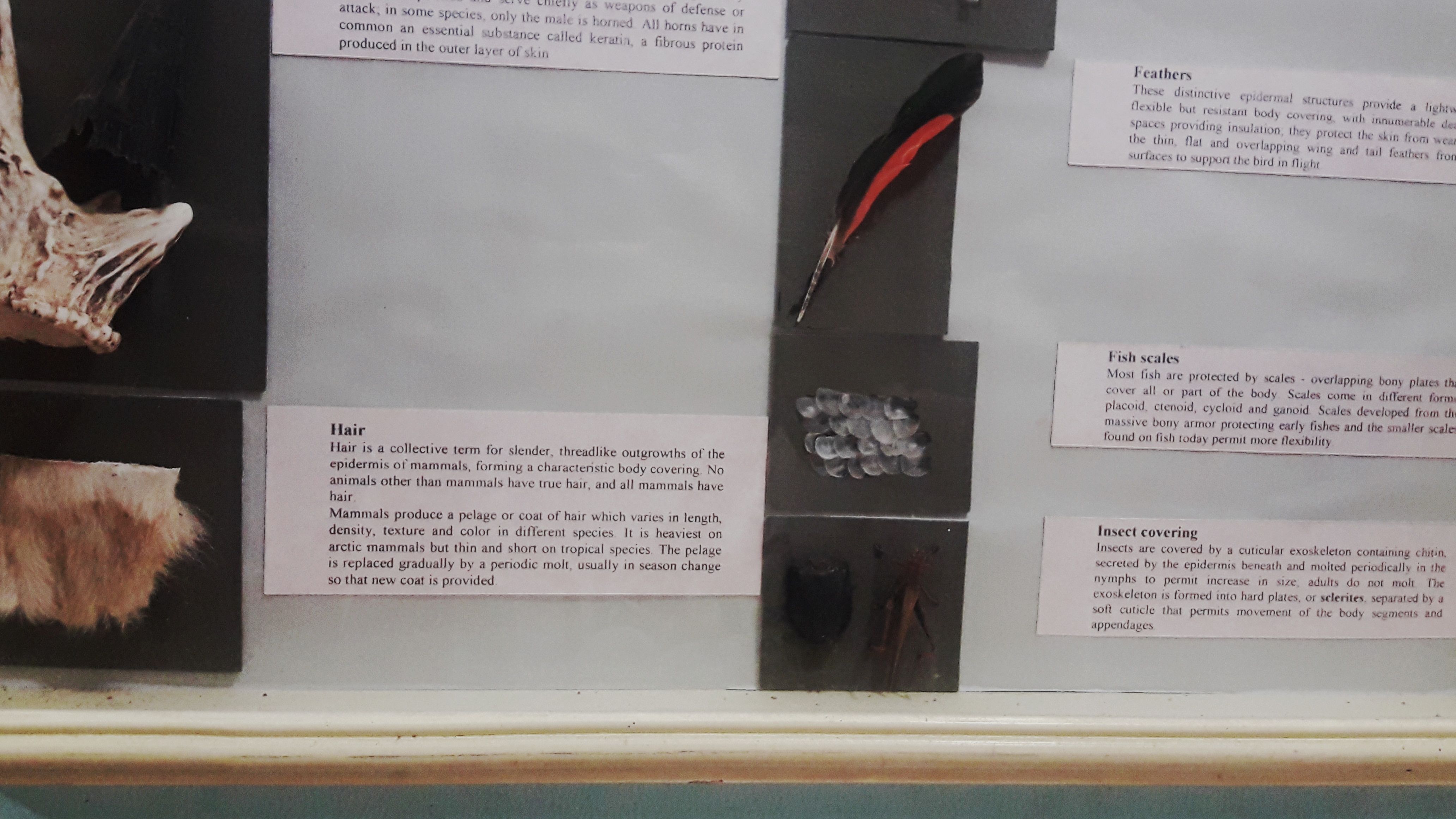
Body Covering 2
- Fish Scales
- Most fish are protected by scales - overlapping bony plates that cover all or part of the body. Scales come in different forms, placoid, ctenoid, cycloid and ganoid.
- Hair
- Hair is a collective term for slender, threadlike outgrowths of the epidermis of mammals, forming a characteristic body covering. No animals other than mammals have true hair, and all mammals have hair.
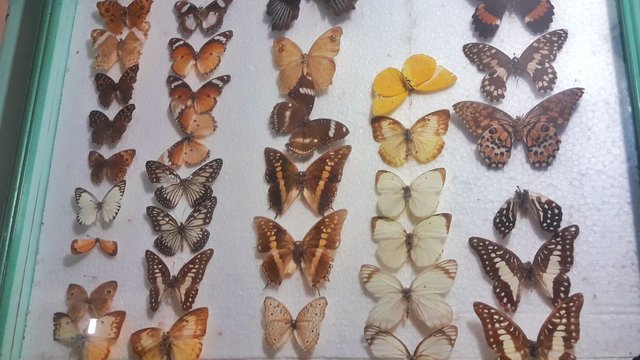
Butterfly Wings
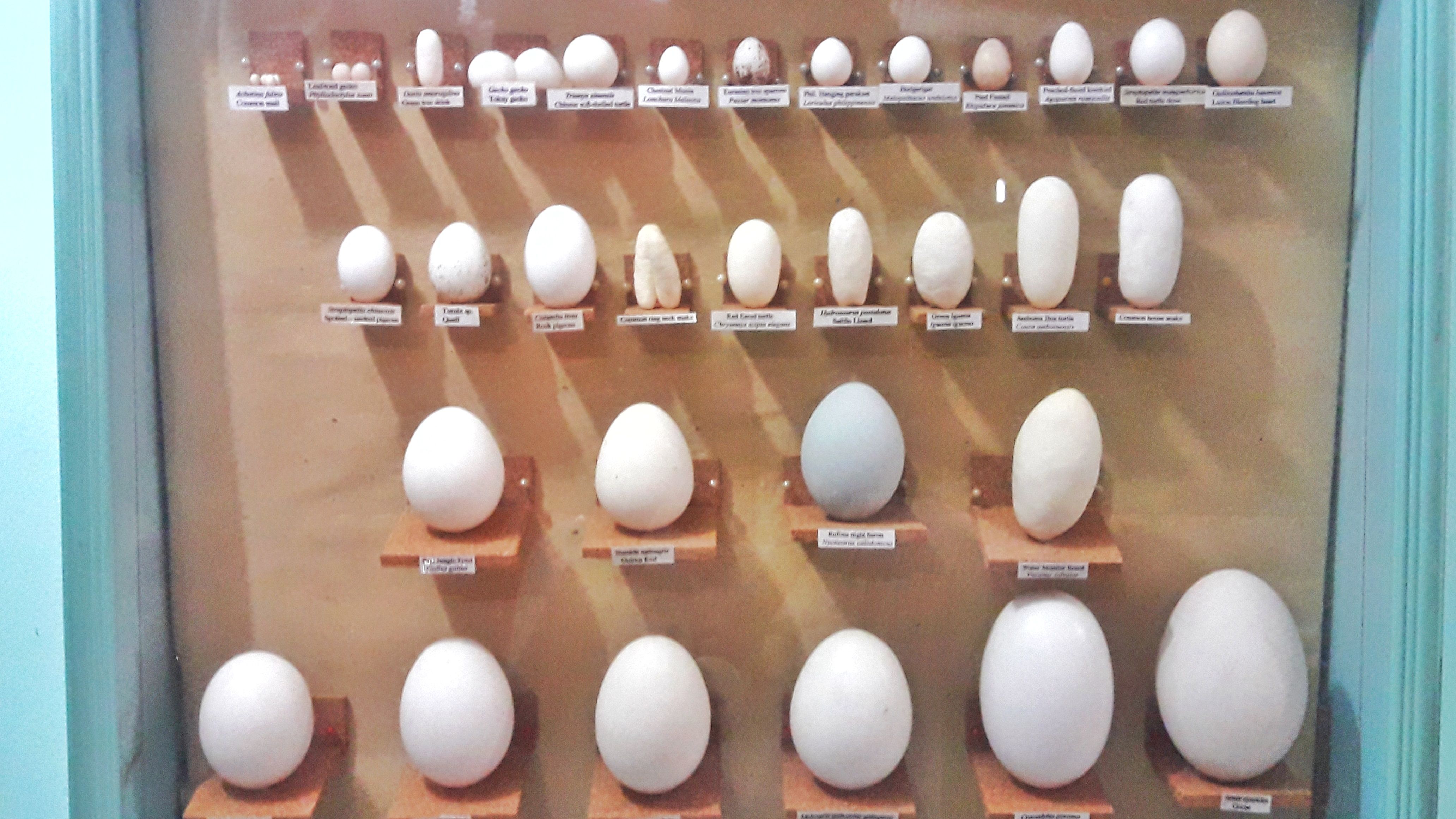
Conserved Eggs - Birds/Reptiles
Eggs of Rufous Night-Heron, Green Iguana, other birds and reptiles.
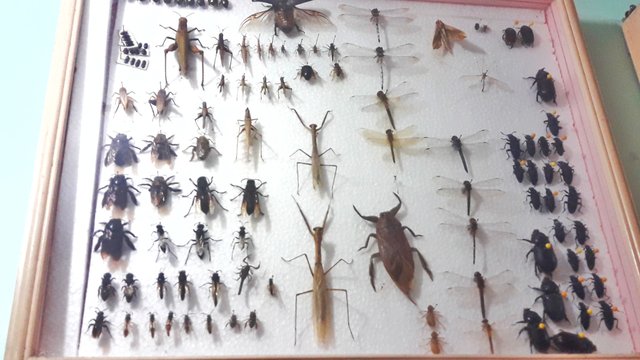
Insects In Set- Grasshopper, Beatles, Mantis and etc.
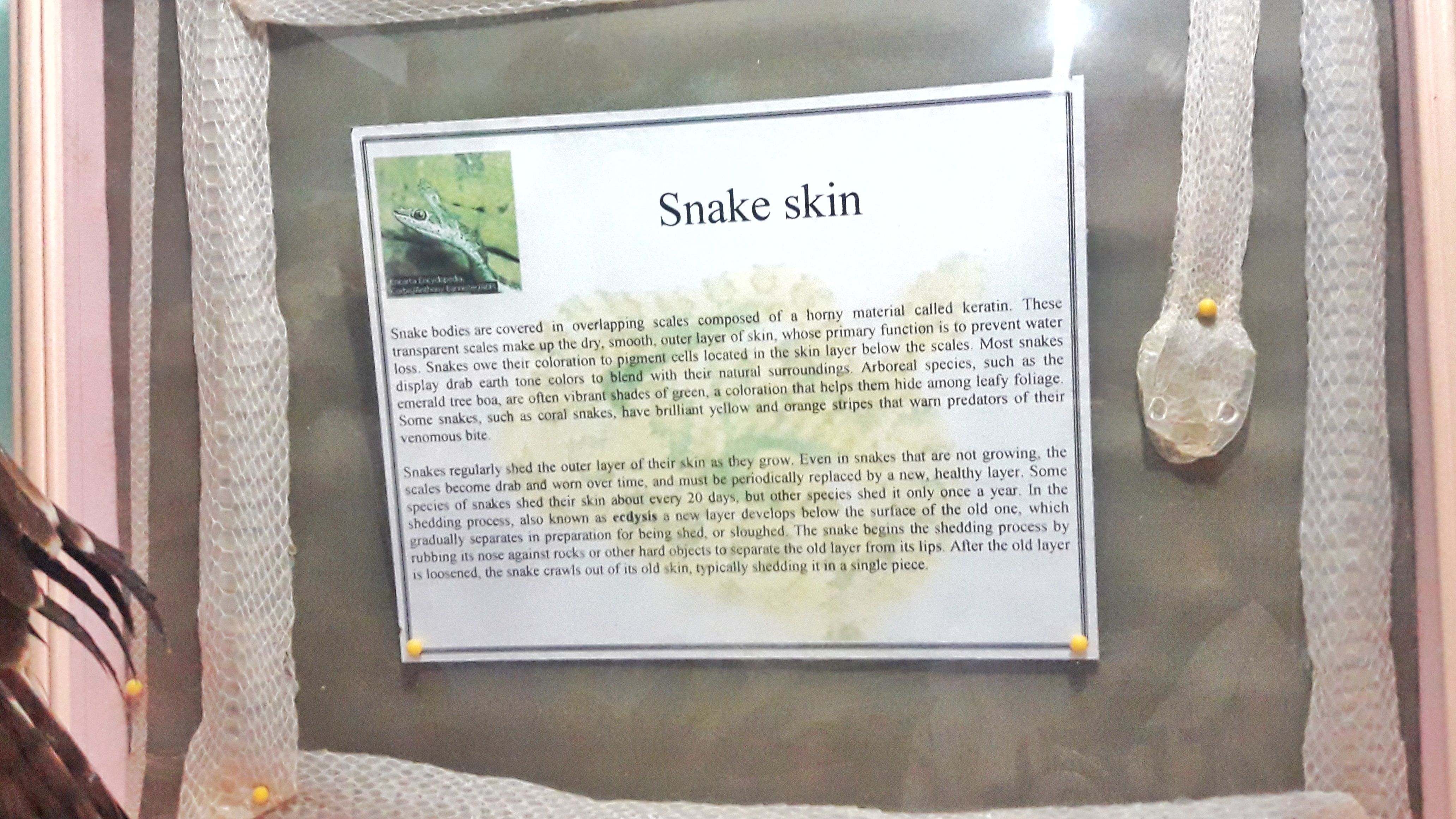
Snake Skin
Snake bodies are covered in overlapping scales composed of a horny material called keratin. These transparent scales make up the dry, smooth, outer layer of skin, whose primary function is to prevent water loss. Snakes owe their coloration to pigment cells located in the skin layer below the scales. Most snakes display drab earth earth tone colors to blend with their natural surroundings.
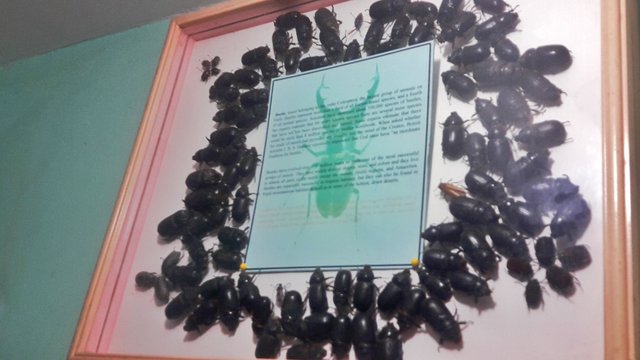
Black Beatles
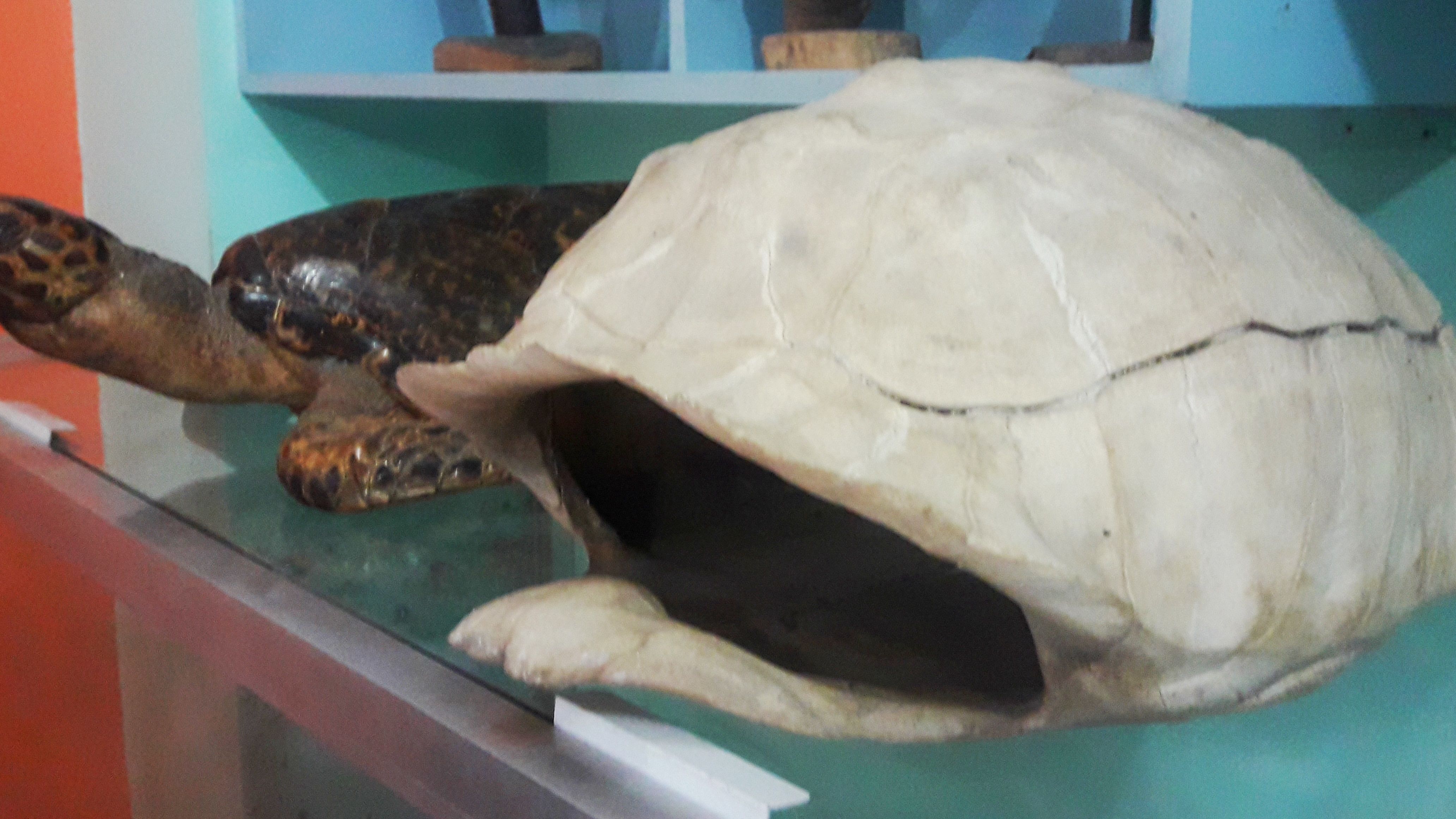
Turtle Shell
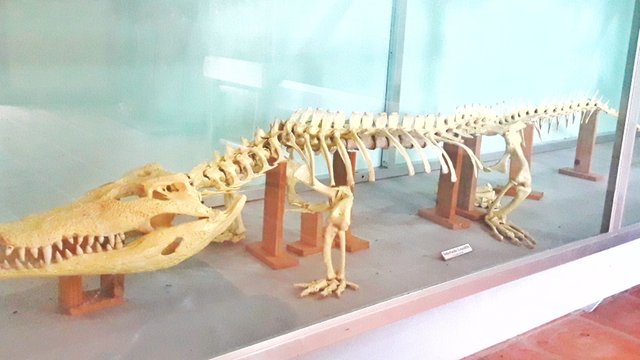
Indo-Pacific Crocodile Bone Structure
After visiting the museum, we proceeded to the Nurture Center where offspring and babies that grew enough are separated from their parents in order to keep them safe. Other animals are also in the nurture center.
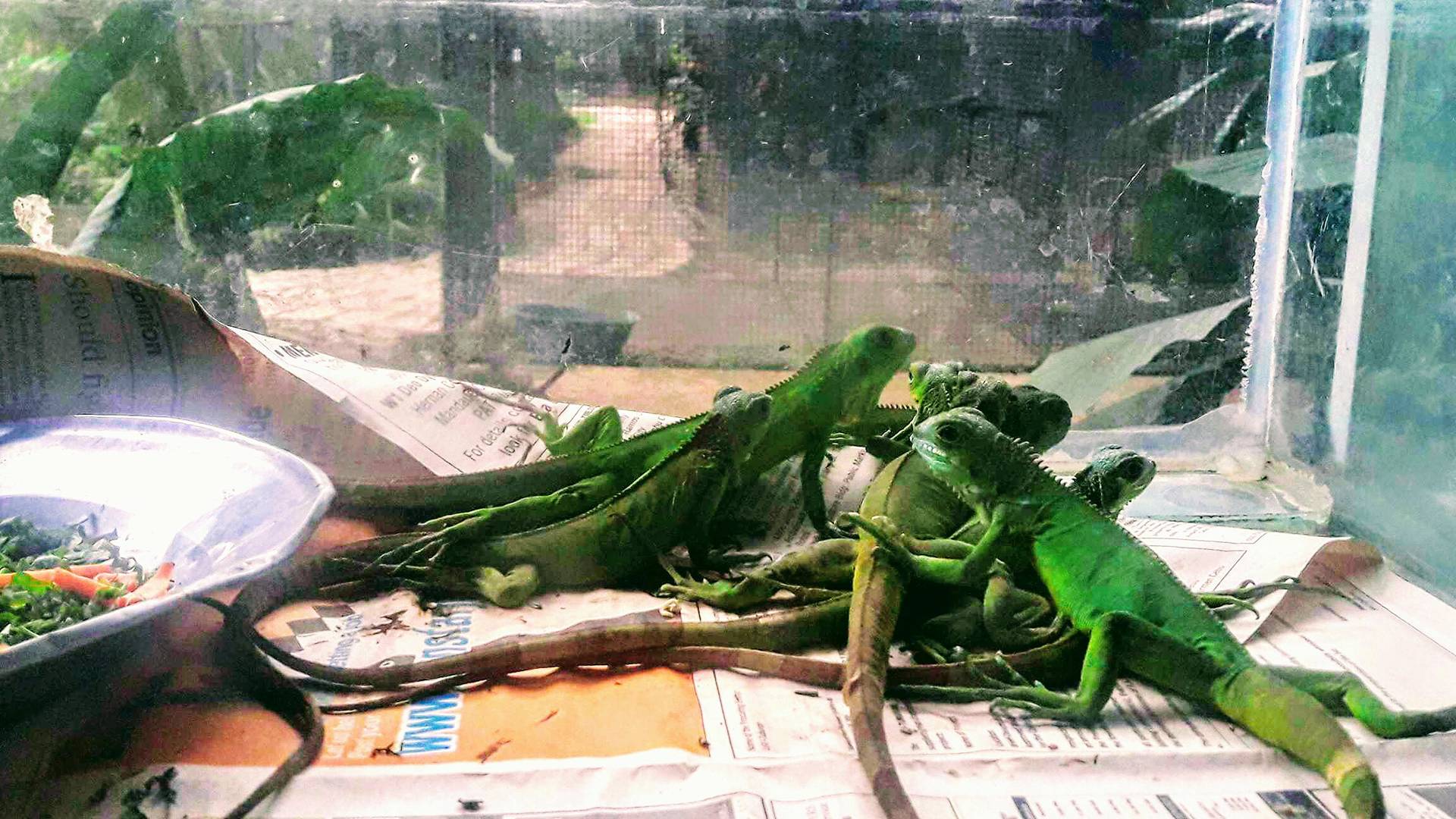
A Group of Lizards
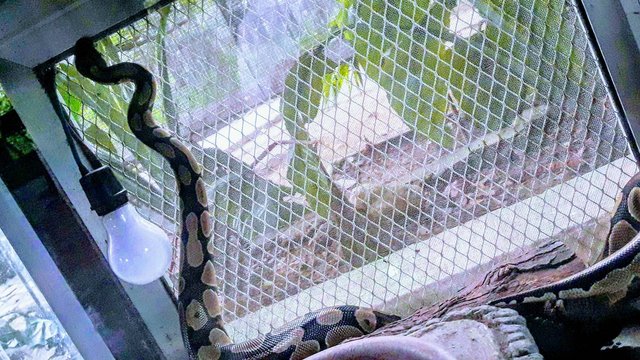
A Baby Serpent
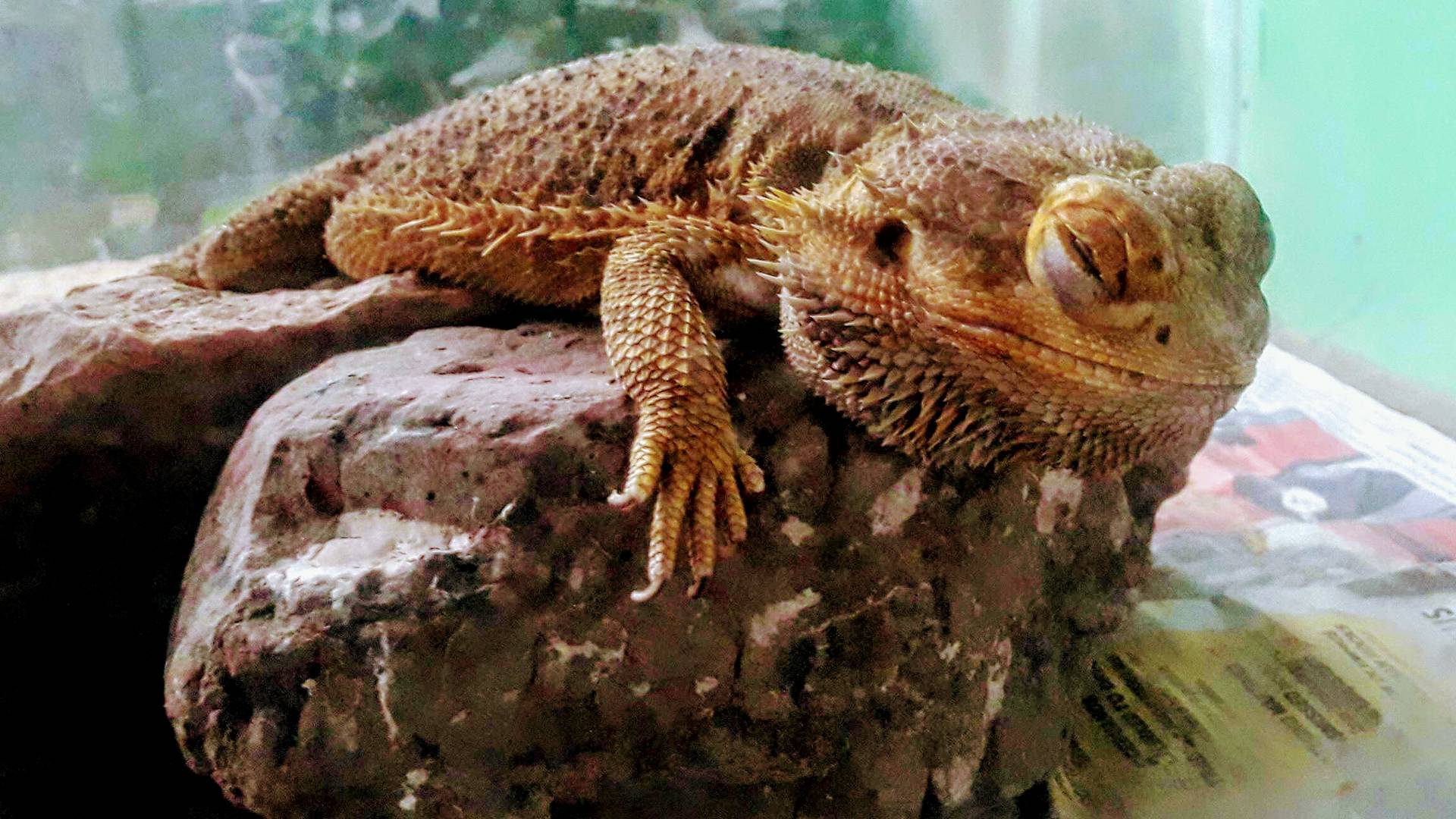
A Spiky Lizard
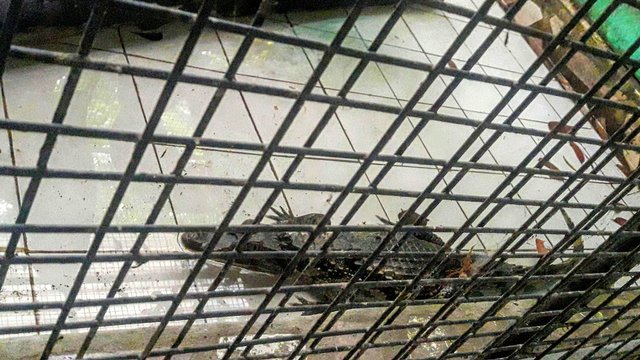
Baby Croc
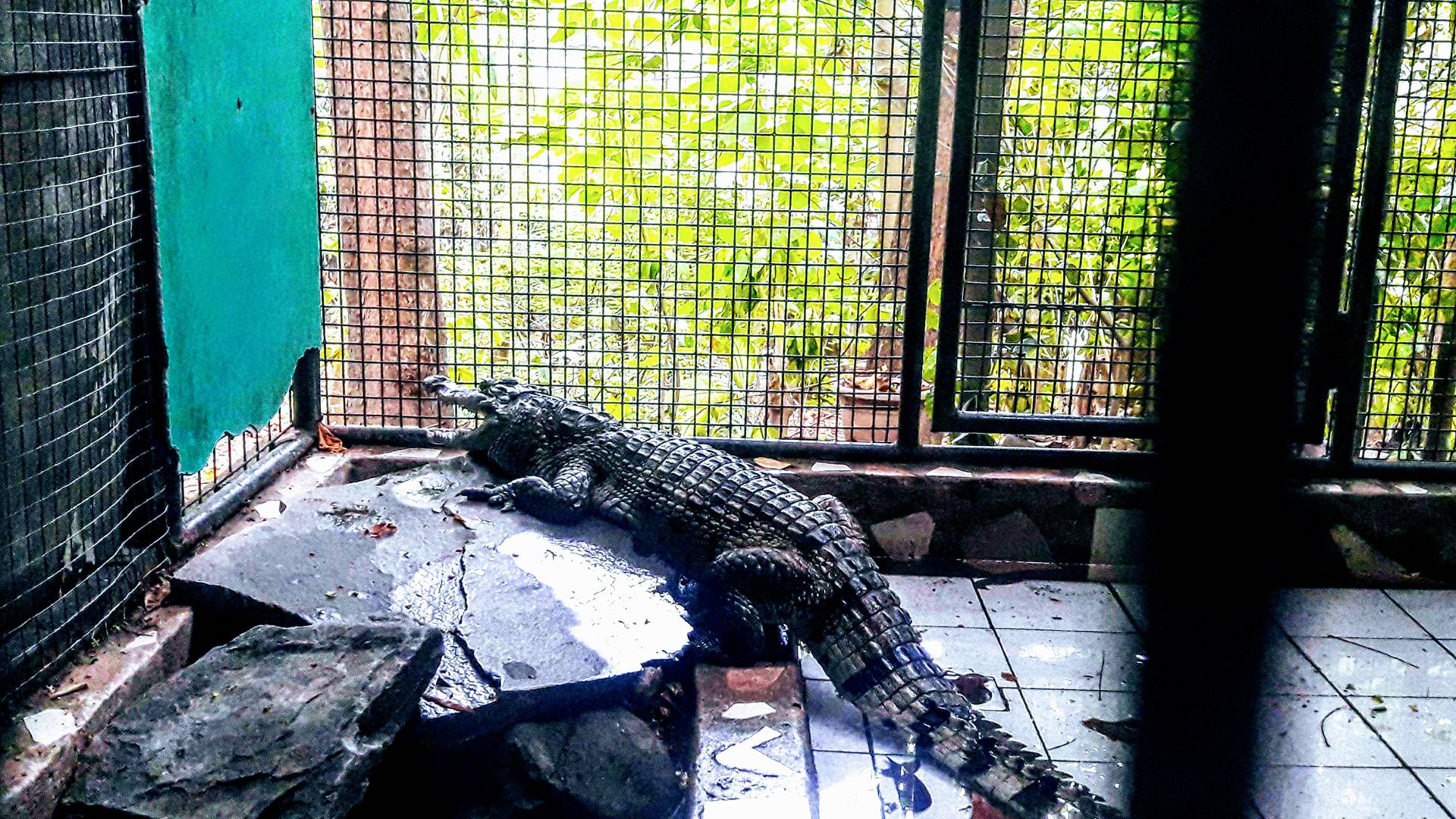
A Separated Endangered Croc
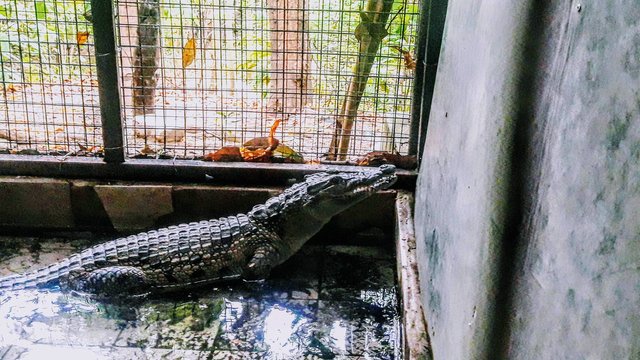
Endangered Croc's Brother
Burmese Python
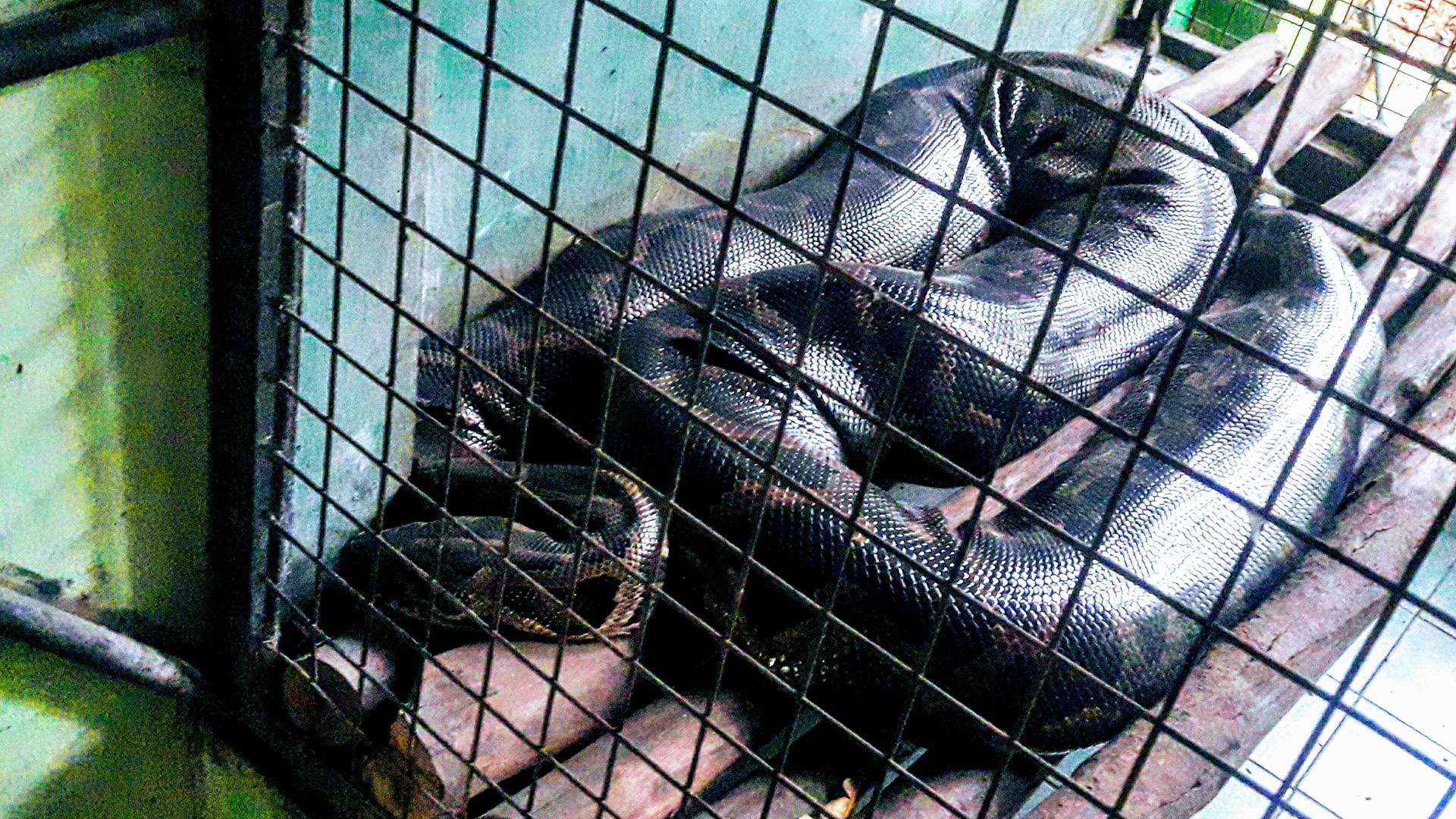
Brown Burmese Python
Scientific Name: Python molurus bivittatus
Description:
The Burmese python is light yellowish cream with a series of brown elongated rectangular blotches edged with black. There is a lance-shaped mark on the head and neck. It is one of the largest of all snakes, growing up to 25 feet, usually 20 and weighing up to 190 pounds. The female grows faster than the male and is ultimately larger.
Habitat:
It lives in jungles and scrublands and may live near human settlements
Diet:
Carnivorous, feeding on mammals and birds
Range:
Burma, Malaysia and Thailand.
Status:
Listed as threatened species.
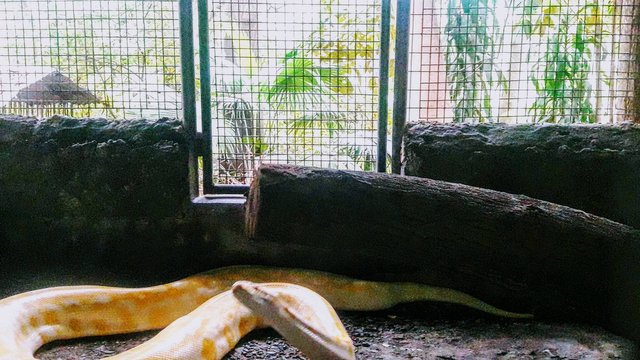
Yellow Burmese Python
Common Palm Civet
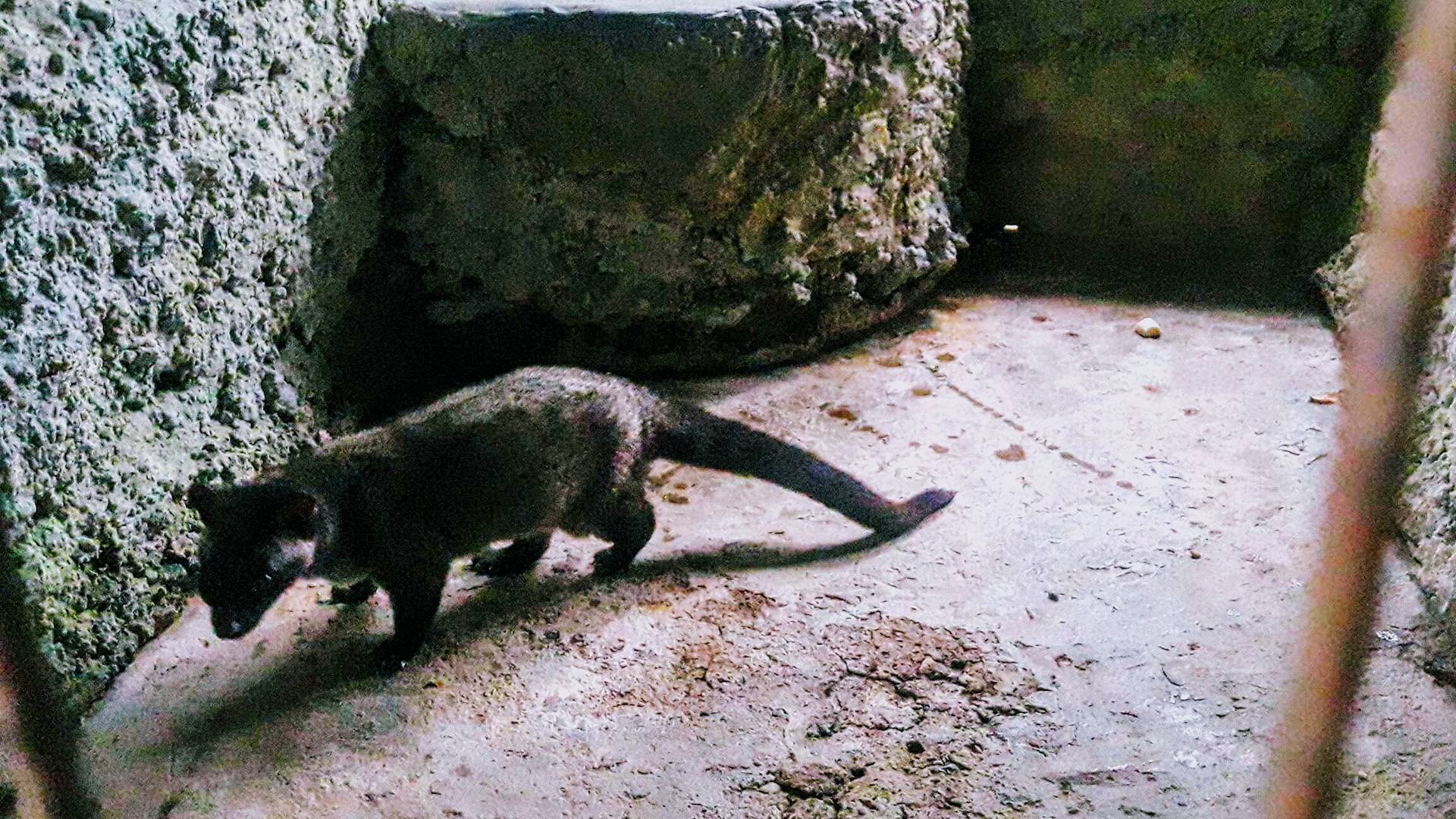
Common Palm Civet
Scientific Name: Paradoxurus hermaphoditus
Common Name: Milo
Description:
It is well camouflaged; its coarse, dark, mottled coat ranges from olive-brown or reddish brown to dark brown, and blends well with the color of the tree bark. It is an excellent climber and spend most of its time in trees.
Habitat:
It lives in secondary forests but is sometimes found in plantations, gardens or near human settlements
Diet:
Primarily frugivorous feeding on berries and pulpy fruits, including those of ficus trees and palms. It is said to ick its fruit carefully, apparently leaving the less ripe for a much later date.
Range:
Sri Lanka to Hainan and the Lesser Sundas Islands, and found throughout the Philippines.
Status:
Common and geographically widespread.
Alligator Snapping Turtle
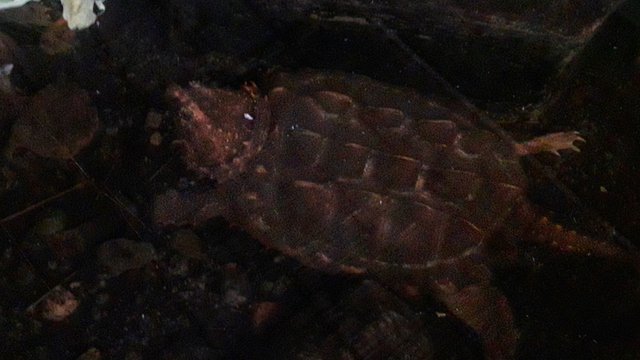
Swim Swim Swim
Scientific Name: Macroclemys temminckii
Description:
Considered as the largest freshwater turtle in the world, their carapace length could grow to 28 inches and recorded weight of 219 pounds. Massive head with powerful, hooked beak. Red worm-like projection on tongue that acts as bait to attract fish. Capable of serious bites; often aggressive. Carapace brown or gray with three rows of knobby, keeled scutes. Row scutes between costals and marginal of carapace. Plastron narrow, rigid, cross-shaped. Tall ling covered with large rough scales.
Habitat:
Entirely aquatic
Diet:
Eats fishes and anything it can swallow, including other turtles.
Range:
South-Central USA
Facts:
They lie and wait for prey on the bottom with mouth open, using the protrusion on tongue to attract fishes.
Umbrella Cockatoo
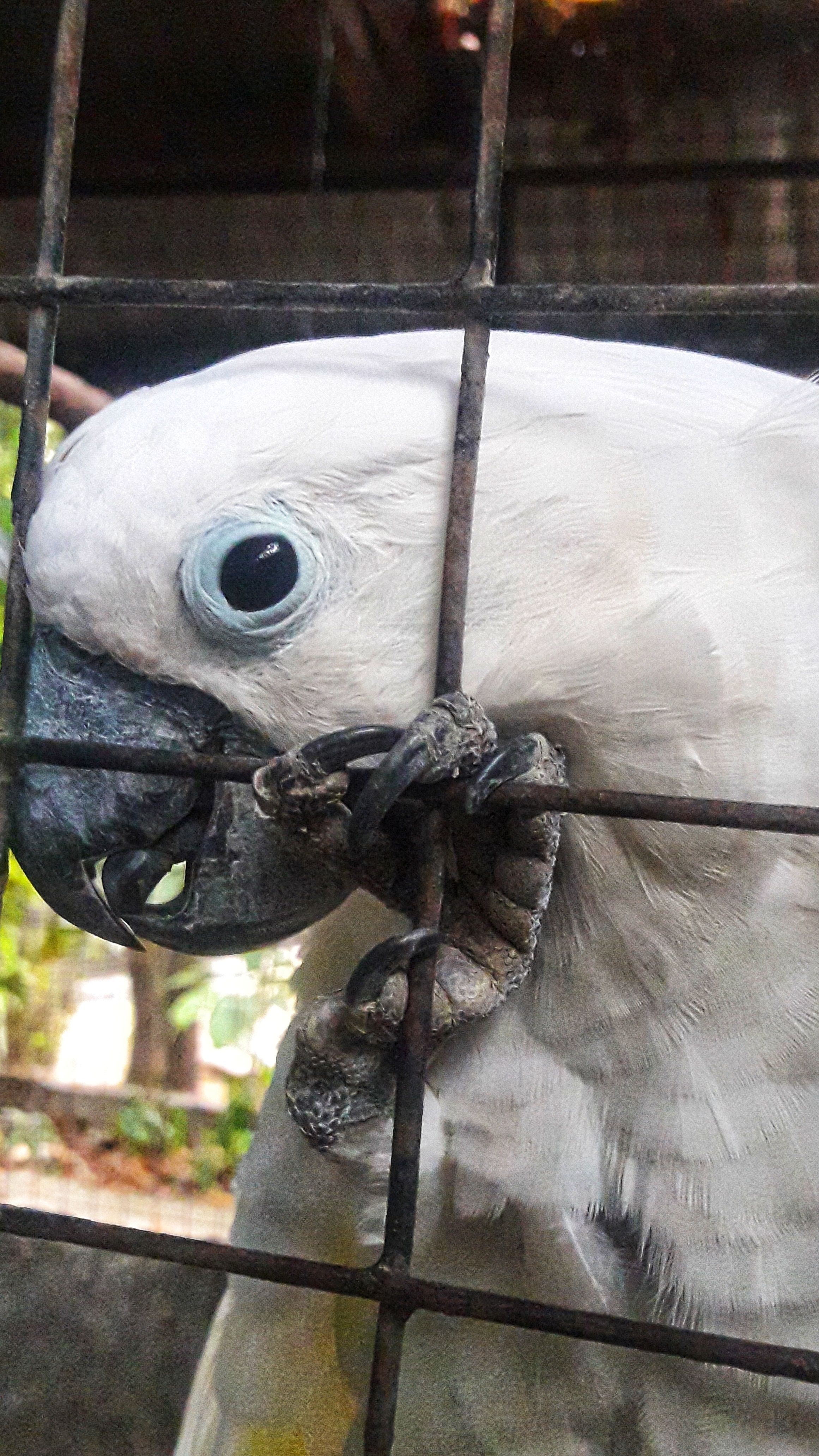
What Are You Sneaking At?
Scientific Name: Cacatua alba
Description:
Also known as “White Crested Cockatoos” or “Umbies”. It is all white with pale yellow under the wings and tail. It has a broad, pure white crest which is normally flat against the head and unfolds when raised. This action is the source of their name “Umbrella”. Its beak, legs and feet are blackish gray which often looks lighter due to a covering of cockatoo powder.
Habitat:
They are found in forests and open woodland, mangroves, swamps, agricultural areas and are particularly common around the edge of clearings and rivers.
Diet:
Consists mainly of berries, fruits and nuts found on top of large trees.
Range:
North Moluccas of the Maluku Province of Indonesia
Status:
Listed as vulnerable by IUCN.
Blue-Naped Parrot
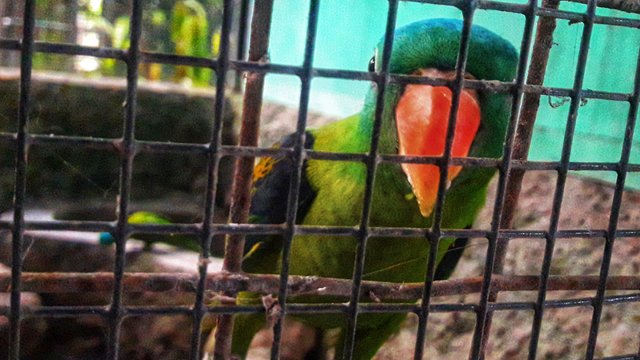
Hello There!
Scientific Name: Tanygnathus lucionensis
Common Name: Picoy (Vis)
Description:
A medium sized parrot that averages 12.4 inches (31cm) in length. The plumage is primarily green except for a light blue rear crown and nape. It has a pale blue lower back and rump, scalloped shoulders with orange-brown on black coverts and blackish underwings with green underwing coverts.
Habitat:
Found in secondary forest, forest edge and plantations up to 1000m, occasionally visiting orchards and farmland.
Diet:
Feed on seeds, nuts and fruits.
Range:
It is endemic to the Philippines. Habitat loss and trapping have made this parrot scarce on most islands except Mindoro and Palawan.
Status:
Near threatened (IUCN).
We went back outside to meet other incredible species and some endangered species. Majority of the species are birds and reptiles. Colorful and stunning species.
Sugar Glider
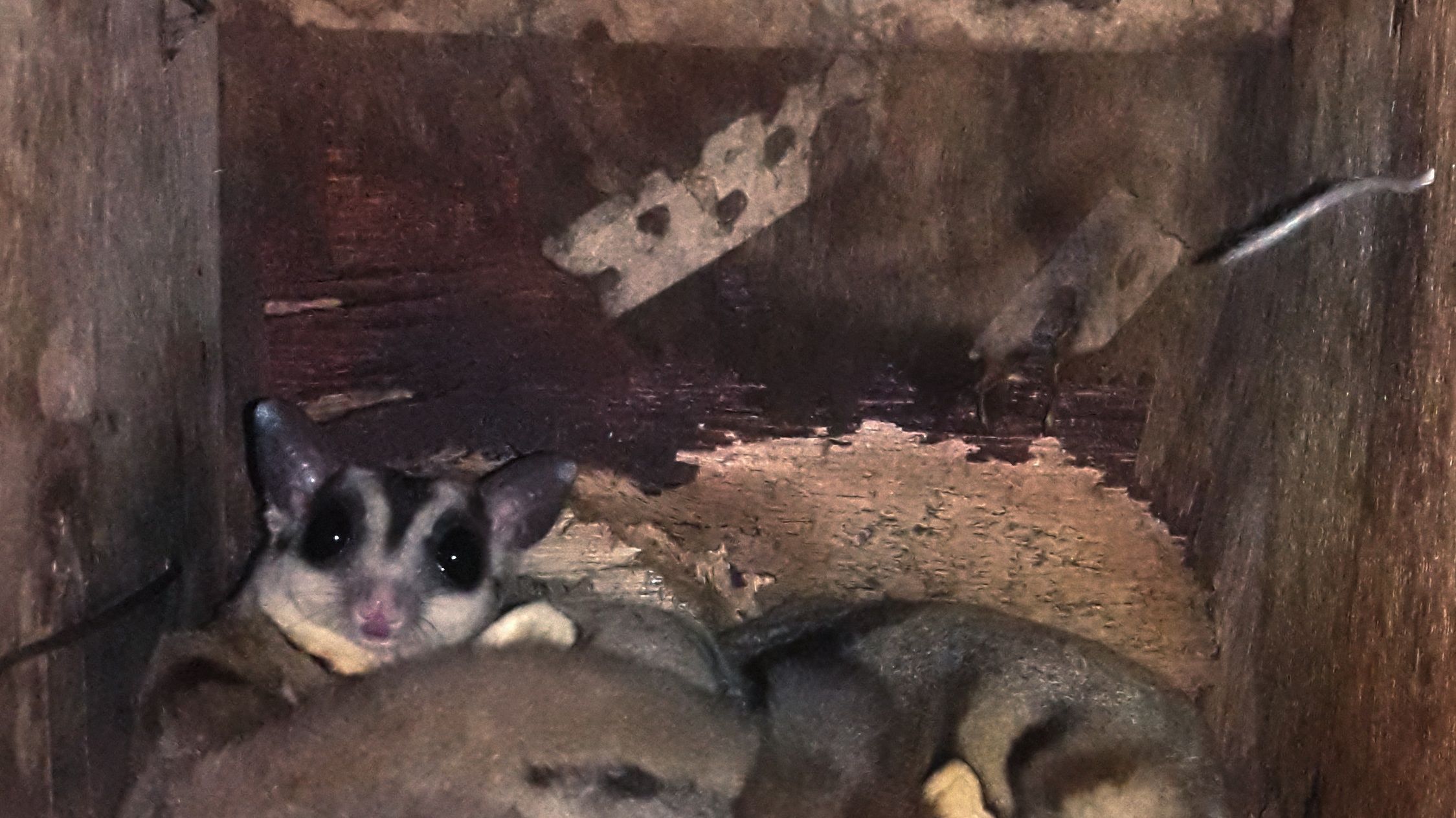
Goodmorning There
Scientific Name: Petaurus breviceps
Description:
The Sugar glider is a small, softly-furred possum with a busy, prehensile tail. Like other gliders, it possesses a thin, furred membrane known as patagium, which stretches from the wrist to the ankle that allows them to glide through the air. The feet are hand-like, able to grasp branches, aided by an opposable toe on the hind foot, and the second and third toes of the hind foot are fused, with a split claw that is used in grooming. The body of the sugar glider is light gray, paler on the underparts, with a distinct black strip running from the nose to the rump and a black line on each side of the face. Mature males can be distinguished by an almost bare patch in the middle of the forehead.
Habitat:
Occurs in a variety of forests types including rainforest, eucalypt forest and woodland, and may also be found in plantations, rural gardens and along roadsides.
Diet:
Omnivorous; they will eat plant material and meat. It feeds on nectar, fruits, insects and even small birds or rodents.
Range:
Australia (eastern part), Papua New Guinea and parts of Indonesia.
Status:
It is a common and widespread throughout its range.
Writhed Hornbill
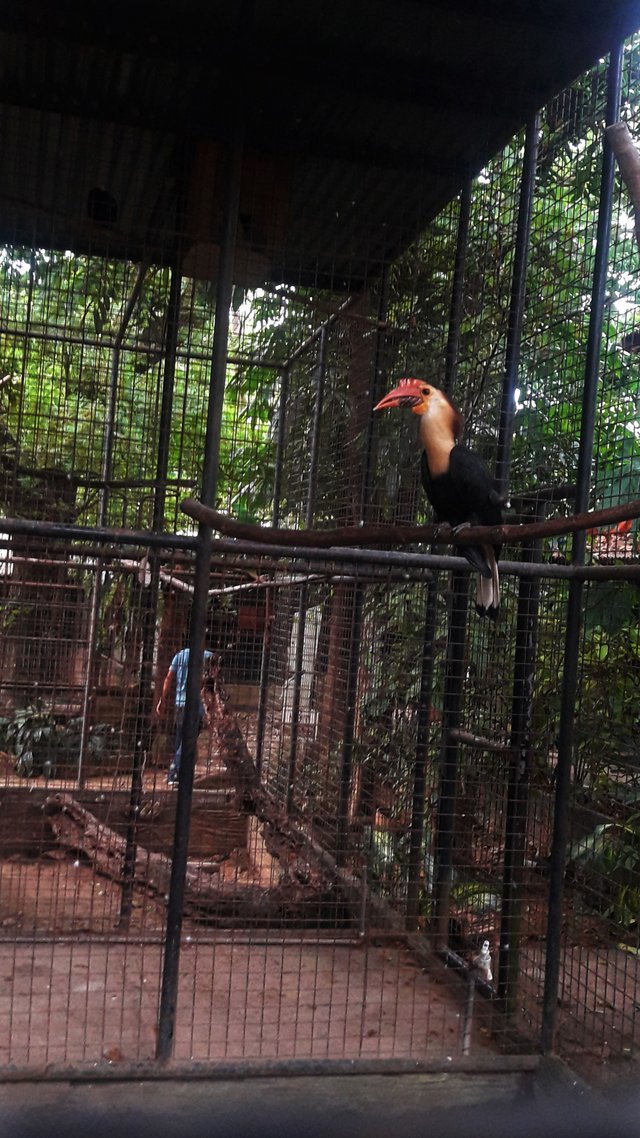
Birdy
Scientific Name: Aceros leucocephalus
Common Name: Tuhek (Tag)
Description:
Medium-sized hornbill. Sexes differ. The male is glossy greenish-black, the head and neck yellowish-buff and crest chestnut. The tail is white with a black tip. In the female, the head and neck is black.
Habitat:
Inhabits forests above 800m. Does fly above canopy and maybe seen gliding, alternating with flapping flight, crossing valleys.
Diet:
Feeds on almost any kind of fruit and on small animals.
Range:
Camariguin Sur, Dinagat and Mindanao.
Status:
Endemic- Locally Common
Palawan Hornbill
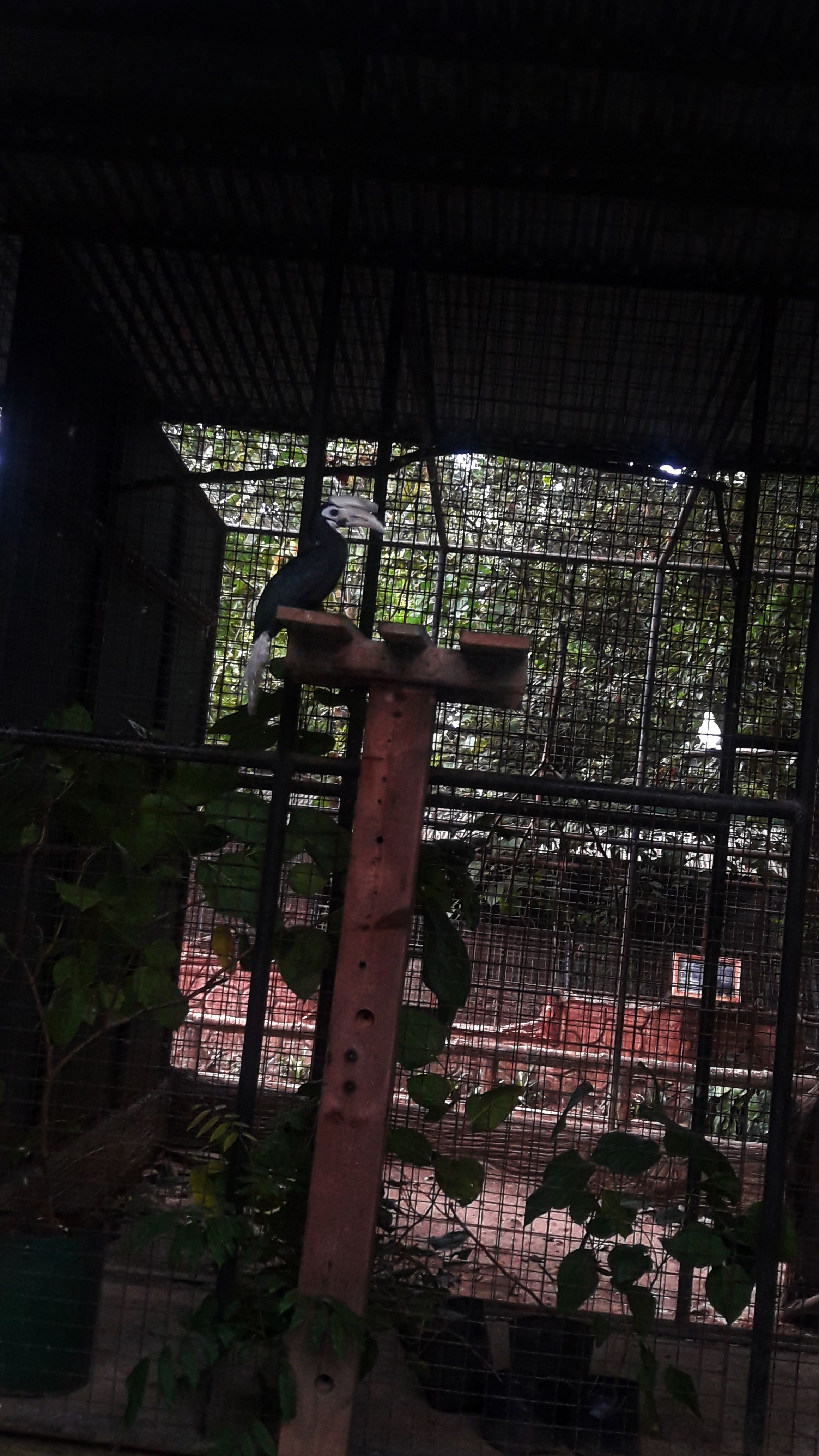
Palawan Hornbill
Scientific Name: Anthracoceros marchei
Common Name: Talusi
Description:
A small (approximately 70cm (28in) long) forest-dwelling bird. Its plumage is predominantly black with a white tail, a dark green gloss on its upper parts and a large creamy white beak with a casque typical of the hornbill family. The bird emits loud calls which can be transcribed as kaaww and kreik-kreik.
Habitat:
It inhabits all storeys of forests, including secondary growth, up to 900m, but probably requires large trees for nesting. It may also frequent mangroves, cultivated land and bushlands.
Diet:
It feeds on fruits, insects and small reptiles.
Range:
It is found only in Palawan Faunal Region. It has been recorded in the islands of Balabac, Busuanga, Calauit, Culion, Coron and the Mainland.
Status:
Endemic and vulnerable. Its numbers have reduced by at least 30% in the last 10 years due to habitat destruction and hunting from food and the live bird trade.
Rufous Hornbill
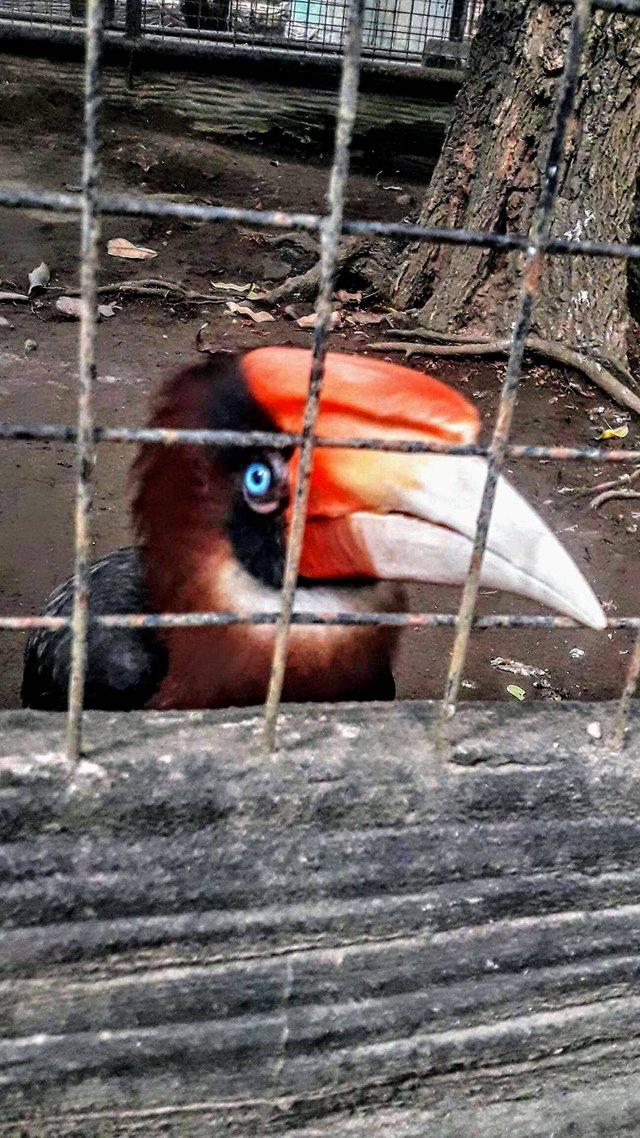
Hello Human
Scientific Name: Buceros hydrocorax hydrocorax
Common Name: Kalaw
Description:
This is the largest and most spectacular of the Philippines hornbills, with three distinct races. In Luzon, the head and neck are chestnut and the huge bill is red with a flattened casque. The breast is black, the belly chestnut, mantle and wings brown, and tail white stained yellowish-buff. Its call is a loud “kaa-ow” that can be heard from afar, and is given in flight or when feeding.
Habitat:
Occurs in primary rainforests, from the lowlands to 1500m elevation, a habitat almost totally obliterated in the Philippines except for protected areas.
Diet:
Feeds mainly on seeds and fruits, including insects, wild figs and feral guava.
Range:
Luzon and Marindoque
Status:
Endemic- Common.
Tarictic Hornbill
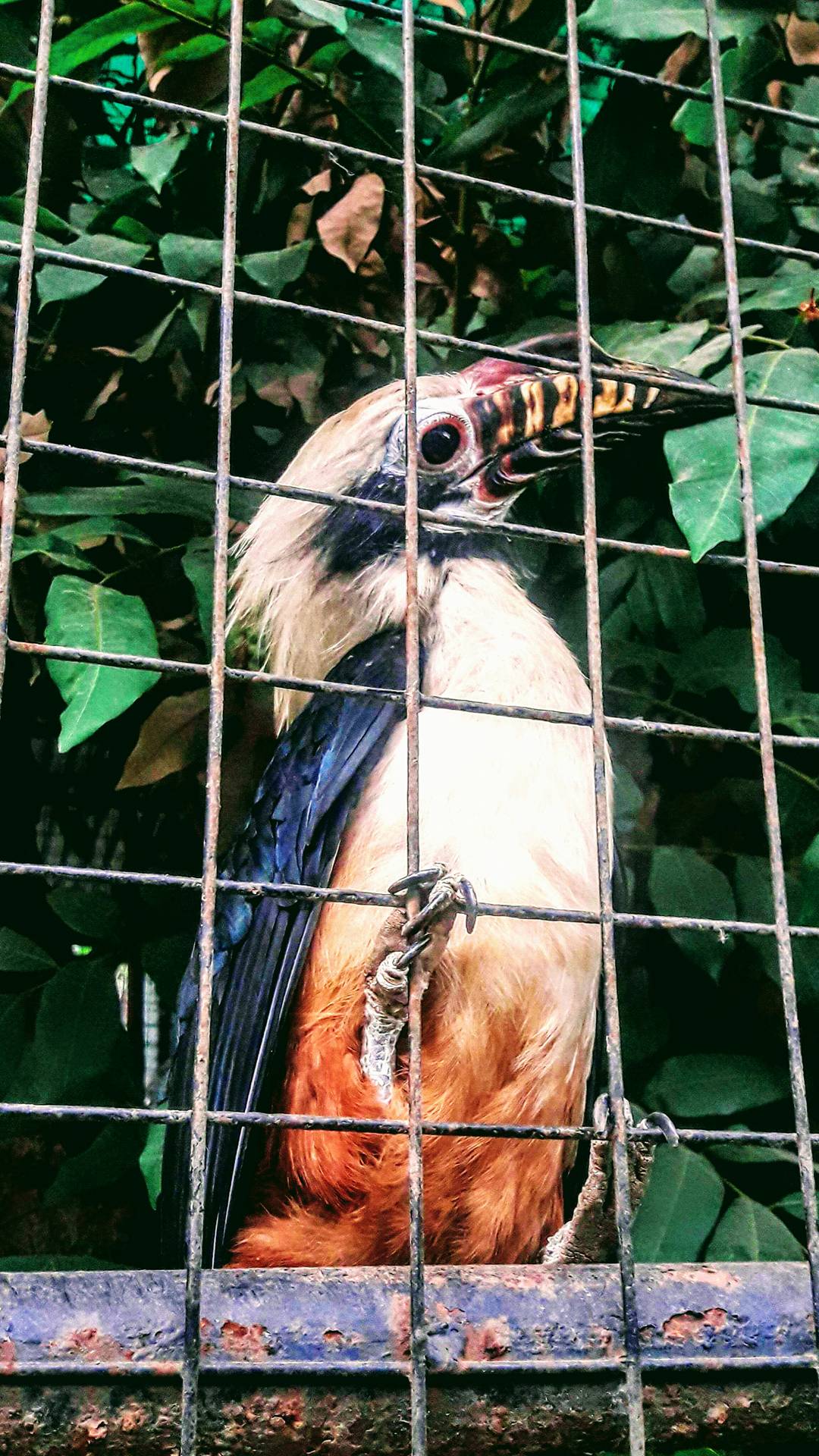
How Birds Pose
Scientific Name: Penelopides panini
Common Name: Tariktik, Talusi, Taosi
Description:
Smallest hornbill in the Philippines. Sexes differ. Males have darker rufous tail-coverts, tail white not pale rufous and under parts with rufous wash. Upper parts glossed with blue-green, not olive-green. Females have black head, neck, under parts and upper tail- coverts, bare facial skin white, tinged blue, eyes brown, legs and feet dark and greenish gray.
Habitat:
Occupies primary evergreen dipterocarp forest at up to 1050m, sometimes moving up into mid-montane forest or wandering into secondary forest or to lone fruiting trees adjacent to forest.
Diet:
Feeds on fruits and insects
Range:
Guimaras, Masbate, Negros, Pan de Azucar, Panay, and Sicogon
Status:
Endemic- Fairly Common.
Philippine Brown Deer
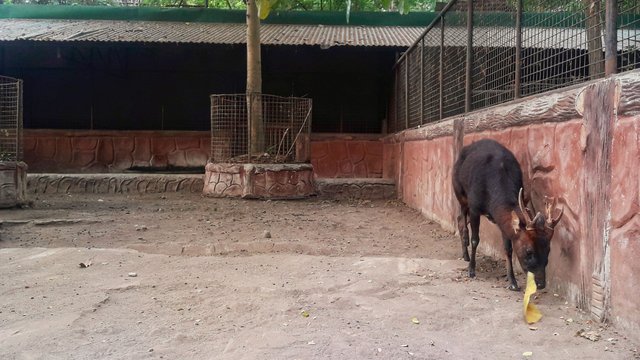
Lost In The Wild
Scientific Name: Cervus mariannus
Common Name: Usa
Description:
Also known as the Luzon Sambar Deer. It’s a medium-sized ungulate. Its pelage is a ruddy brown in color, with the upper parts, darker than the underparts. An adult weigh from 40-60 kilos while a newly born fawn weighs about 2.65 kilos. They have a maximum lifespan of 15 years.
Habitat:
Lives on steep mountain slopes that are covered by forest and woodland. They live in clearings within the forest. They occur at altitudes up to 3000 m.
Diet:
Feeds mostly on mountain species of grasses and herbaceous plants.
Range:
Native only to the Philippines. Recorded in Balabac, Basilian, Catanduanes, Leyte, Luzon and Mindanao.
Status:
Locally common but population is declining due to hunting and habitat destruction.
Electus Parrot
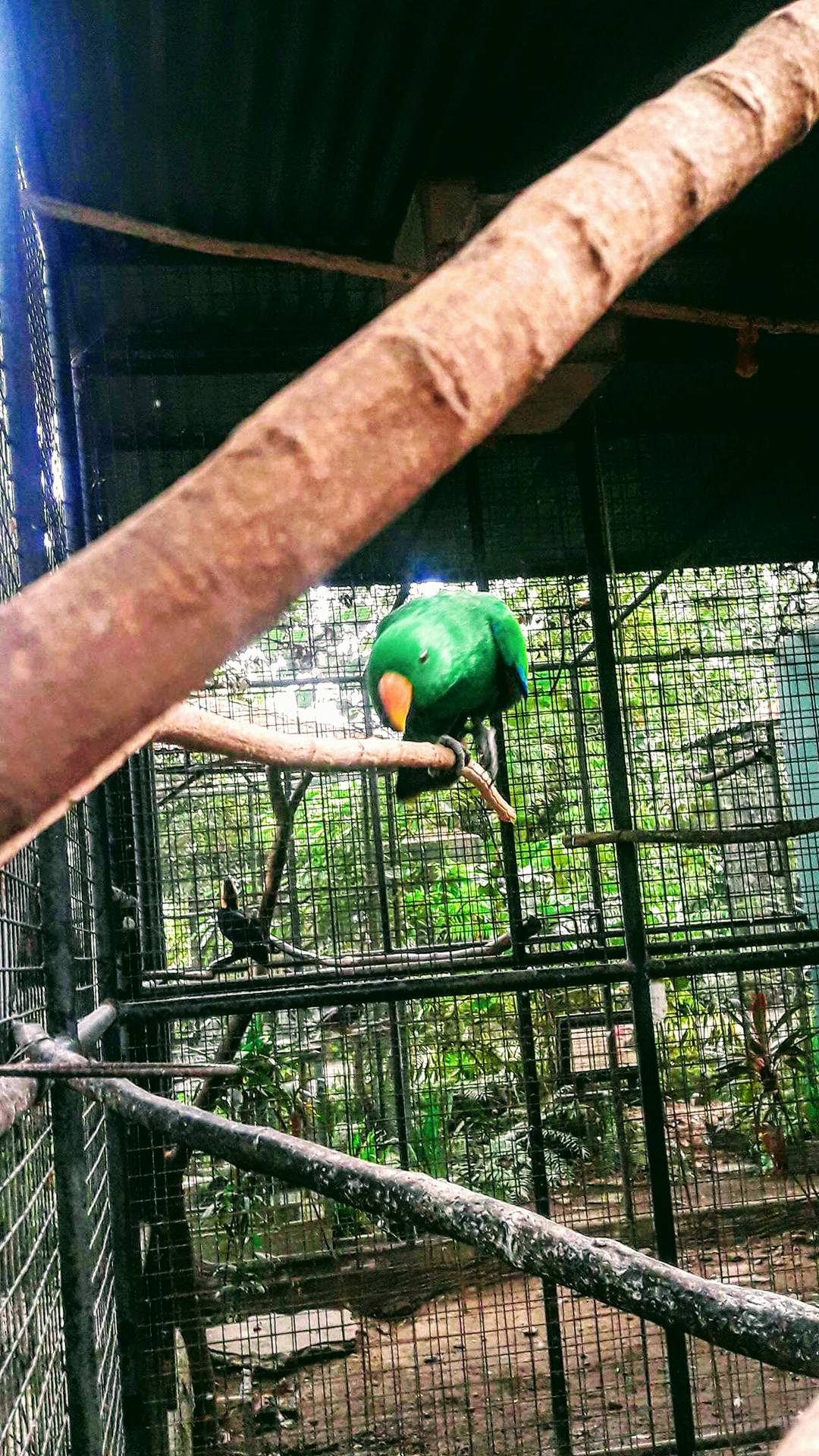
Look Down
Scientific Name: Eclectus roratus
Description:
Eclectus Parrots are one of the few parrots that are seuallt dimorphic. Male and female have such different colors that they are often mistaken as two different species. The males are bright green with red underneath their wings. The beak is two different colors; the upper bill is orange and the lower bill is black. Females are bright red with a broad blue band across their breast. Their beaks are black.
Habitat:
Eclectus parrots generally live in lowland rainforest environments, but also occasionally reside in savannas and woodlands. They are usually found amidst masses of high trees.
Diet:
Mainly fruits, wild figs, unripe nuts, flower and leaf buds and seeds. The Eclectus has an unusually long digestive tract and this is why it requires such a high fiber diet.
Range:
Native to the Solomon Islands, Sumba, New Guinea and nearby islands, northeastern Australia and the Maluku islands.
Status:
Listed as least concern by IUCN (2012).
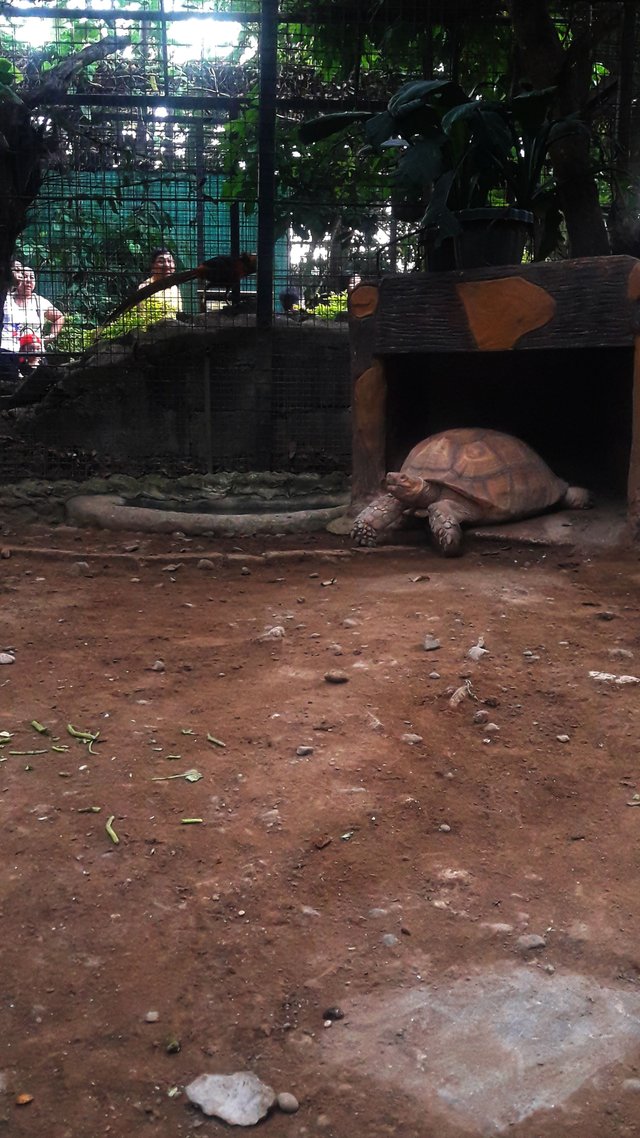
Brother Tortoise
Scientific Name: Eclectus roratus
Description:
Eclectus Parrots are one of the few parrots that are seuallt dimorphic. Male and female have such different colors that they are often mistaken as two different species. The males are bright green with red underneath their wings. The beak is two different colors; the upper bill is orange and the lower bill is black. Females are bright red with a broad blue band across their breast. Their beaks are black.
Habitat:
Eclectus parrots generally live in lowland rainforest environments, but also occasionally reside in savannas and woodlands. They are usually found amidst masses of high trees.
Diet:
Mainly fruits, wild figs, unripe nuts, flower and leaf buds and seeds. The Eclectus has an unusually long digestive tract and this is why it requires such a high fiber diet.
Range:
Native to the Solomon Islands, Sumba, New Guinea and nearby islands, northeastern Australia and the Maluku islands.
Status:
Listed as least concern by IUCN (2012)
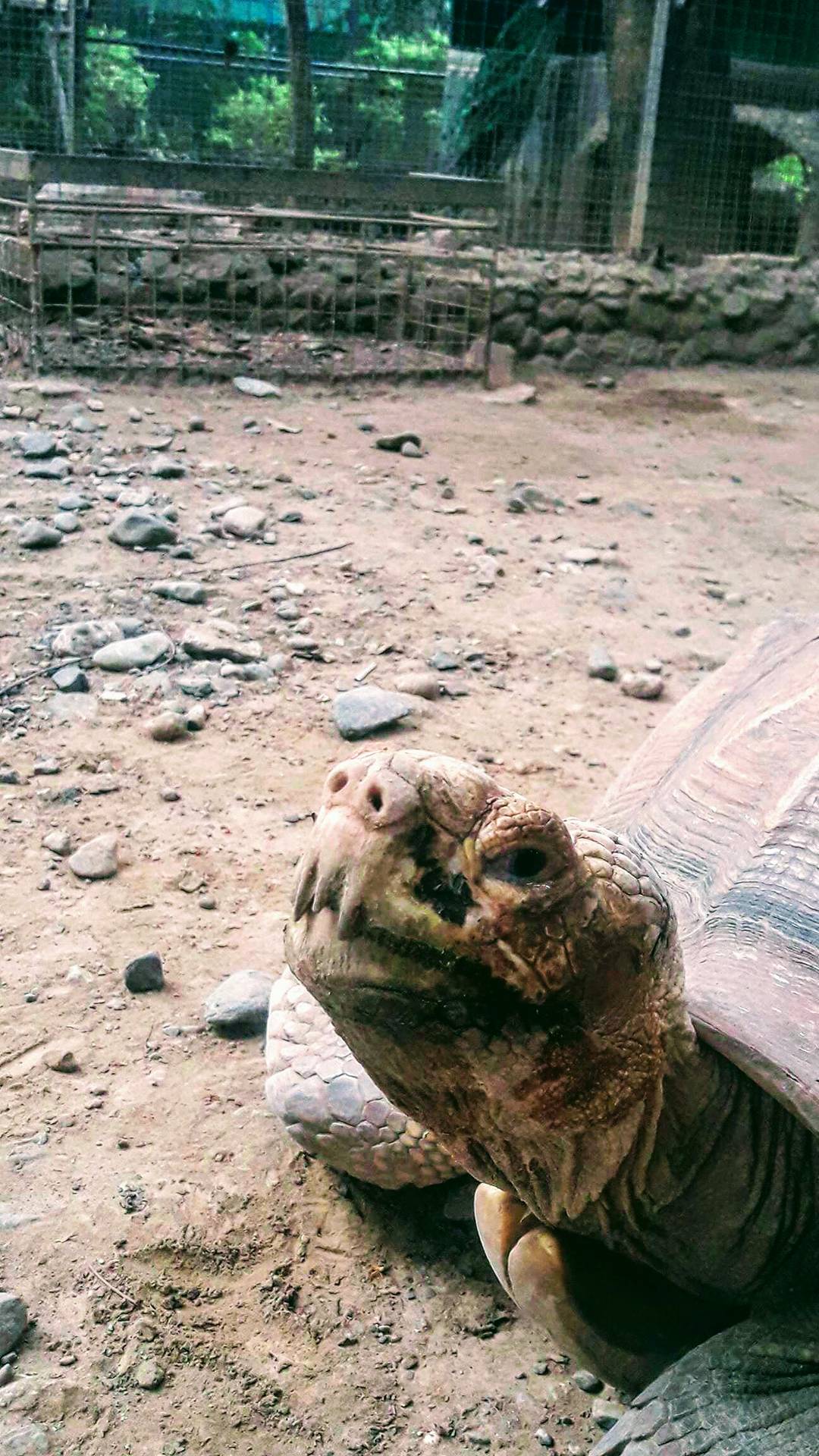
A Close Up
Ostrich

The Largest Bird
Scientific Name: Struthio camelus
Description:
It is the world’s largest living bird often weighing as much as 300 pounds. Due to its heavy body in comparison to its wings, the ostrich cannot fly but it can run very fast. It can achieve a speed of 40 mph. Sexes differ. Males have bright white and black colors. Females are gray and duller in color than males. Lifespan is about 15 years both in and out of the wild.
Habitat:
Swampy heaths and coastal grasslands.
Diet:
Herbivorous living mostly on plant matter but they occasionally eat animal remains left over by carnivorous predators. They can survive without water for long periods of time.
Range:
Native to Central Africa
Status:
Common.
Golden Pheasant
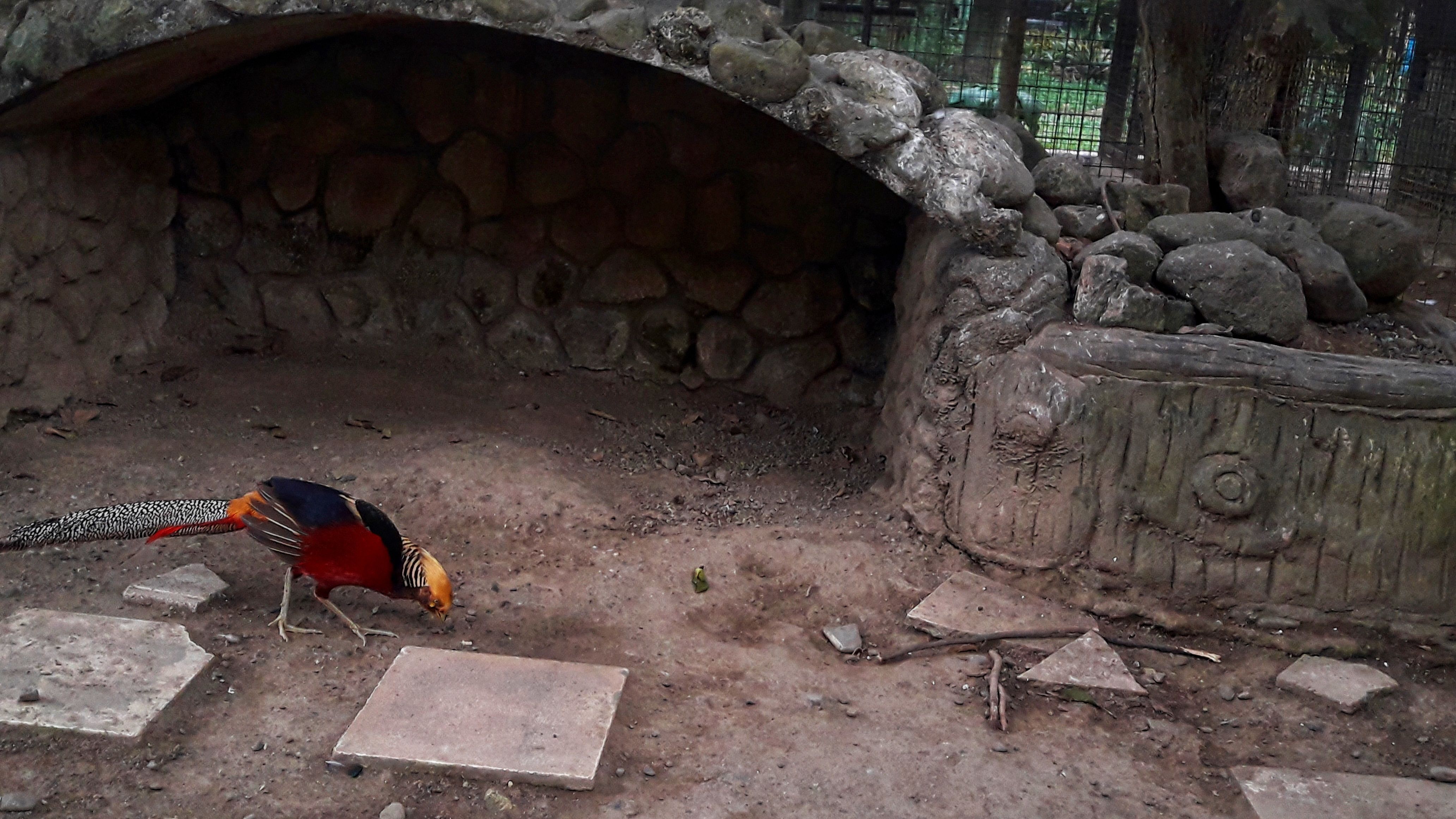
Sorry Human I'm Busy
Scientific Name: Chysolophus pictus
Description:
Also known as “Chinese pheasant” is a game bird of the order Galliformes and Family Phasianidae. Adult males are 90-105 cm in length, its tale accounting for two thirds of the total length. It is unmistakable with its golden crest and rump and bright red body. The deep orange “cape” can be spread in display appearing as an alternating black and orange fan that covers all of the face except its bright yellow eye with a pinpoint black pupil. Females are much less showy with a duller mottled brown plumage with a proportionally longer tail (half her 60-80cm length).
Habitat:
Males despite their brilliant colors are hardy birds and very difficult to see in their natural habitat. Prefers dense, dark pine forests with sparse undergrowth.
Diet:
Omnivores, they ear tender bamboo shoots, insects, berries, grubs, seeds and flowers.
Range:
Western China Native, but feral populations have been established in the United Kingdom, United States and elsewhere.
Status:
Listed as least concern by IUCN red list category.
Brahminy Kite
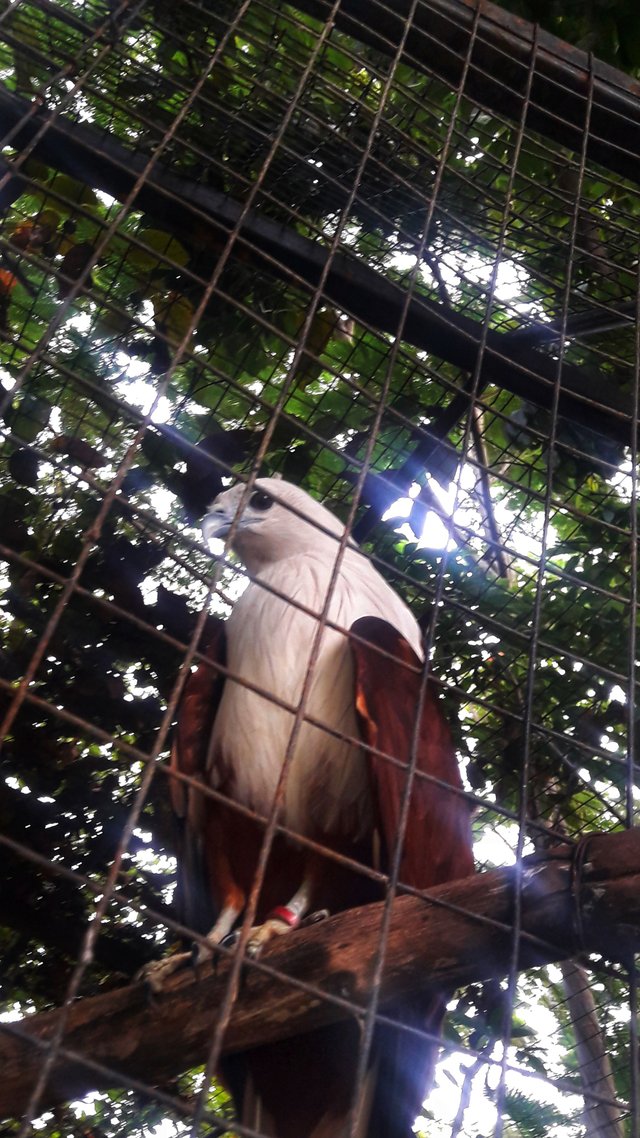
Magnificent
Scientific Name: Haliastur indus
Common Name: Banog (Vis)
Description:
Medium kite. Sexes alike. In adults, the head, neck and underparts are white with black shaft-streaks, while the rest of the body is bright and chestnut and the wing tips are black. Young birds are brown with buffy white head.
Habitat:
Found in open country and forest edge, often near lakes, rivers, estuaries and along the coast. Usually found in lowland but has been seen over 1500m montane forest.
Diet:
Feeds on a variety of animals and will take carrion especially from surface of water
Range:
India to Southern China through SE Asia to New Guinea and Australia, regionally in Sumatra, Java, Lesser Sundas, Mollucas, Sulawesi, Borneo and the Philippines.
Status:
Resident-Common.
Green Iguana
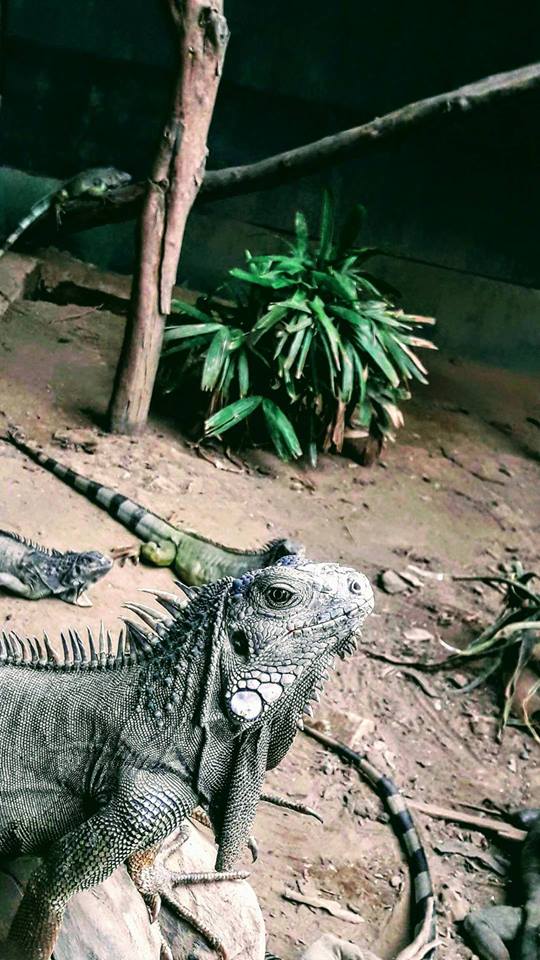
I See You
Scientific Name: Iguana Iguana
Description:
They can grow between 4 to 6 feet long including tail which makes up about half of its body length. They are generally green in color with black stripes. Their skin is rough with a set of pointy scales along its back. Males have a special flap of skin called the dewlap. They can raise their dewlap to appear bigger than they are to either intimidate predators or to impress females during courtship.
Habitat:
Inhabits tropical rainforest areas, generally in lower altitudes near rivers or streams.
Diet:
Omnivorous. Eats mostly plants especially leaves and fruits, insects, eggs and small vertebrates.
Range:
Found throughout Central and South America.
Status:
Threatened due to habitat loss and rampant hunting for the pet trade.
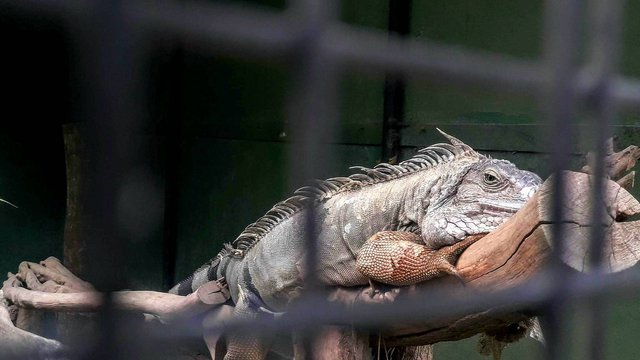
Chillin' Lizard
Palawan Pheasant Peafowl
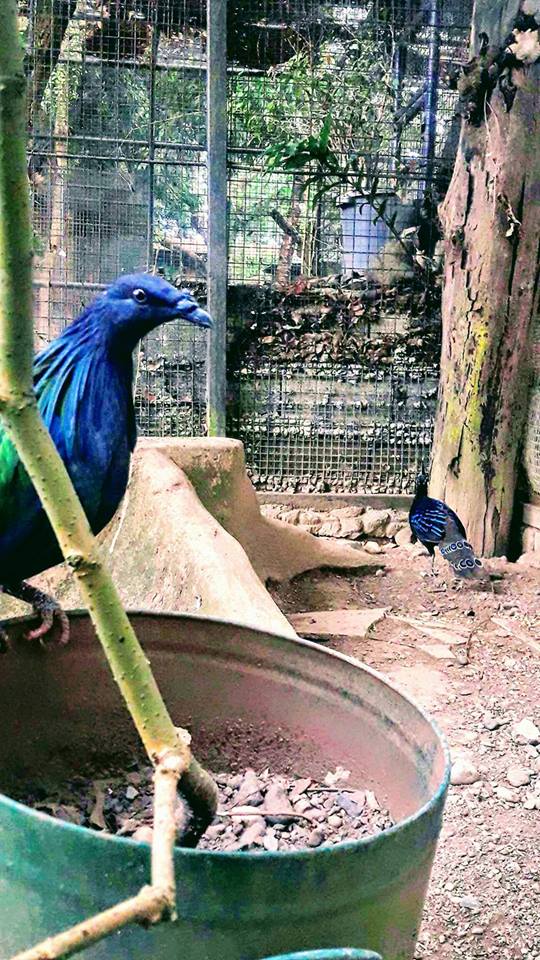
Young Peafowls
Scientific Name: Polyplectron napoleonis
Common Name: Tandikan
Description:
Considered as the most beautiful of the peacock species. The male has a long metallic blue crest with white lines above and below the eyes. The rest of the head, under parts and flight feathers are black; mantle and wing coverts are metallic blue with purple reflections. The male has two to three spurs on each leg. The female is smaller and brown in color with white face and throat, no leg spur.
Habitat:
They inhabit the humid, coastal lowland and deep forest.
Diet:
Consists of a variety of seeds, grains, nuts, fruits, leaves, roots, slugs, worms and insects.
Range:
Restricted to the Palawan Faunal Region. It has been recorded in the islands of Culion and Caluit and on the mainland.
Status:
Endemic and listed as vulnerable species because of limited range and declining habitat.
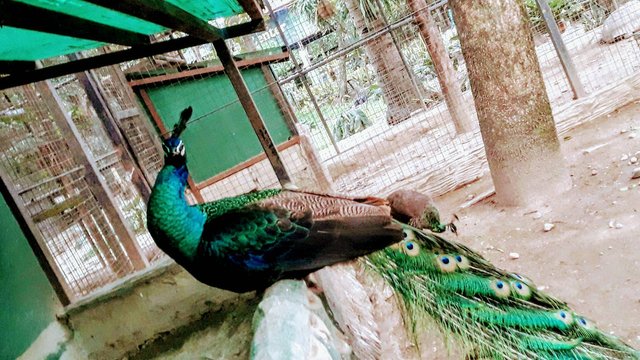
Adult Peafowl
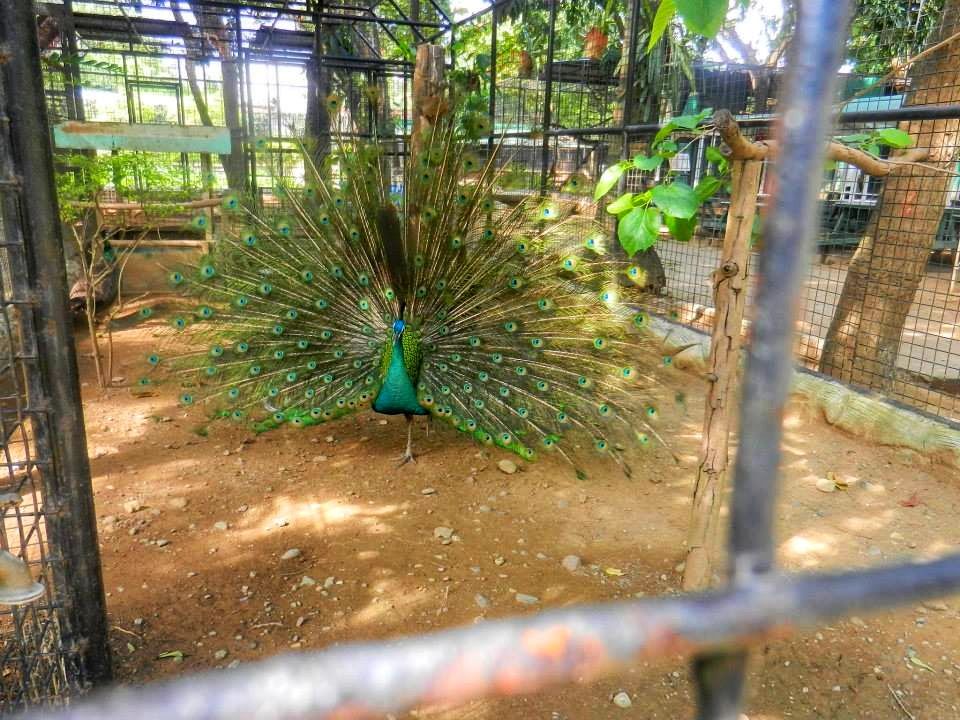
Magical Feathers
I was very happy to meet each one of them. I am very lucky that I met them. Appreciating and witnessing every magical work of God. It was a nice experience. After a long animal tour, I took pictures of some flowers in their gardens and some ponds.
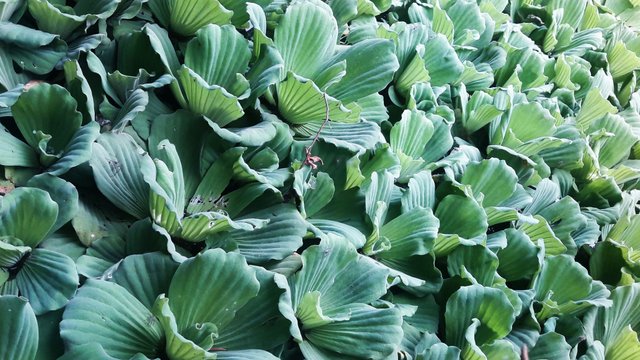
Amazing Waterlilies
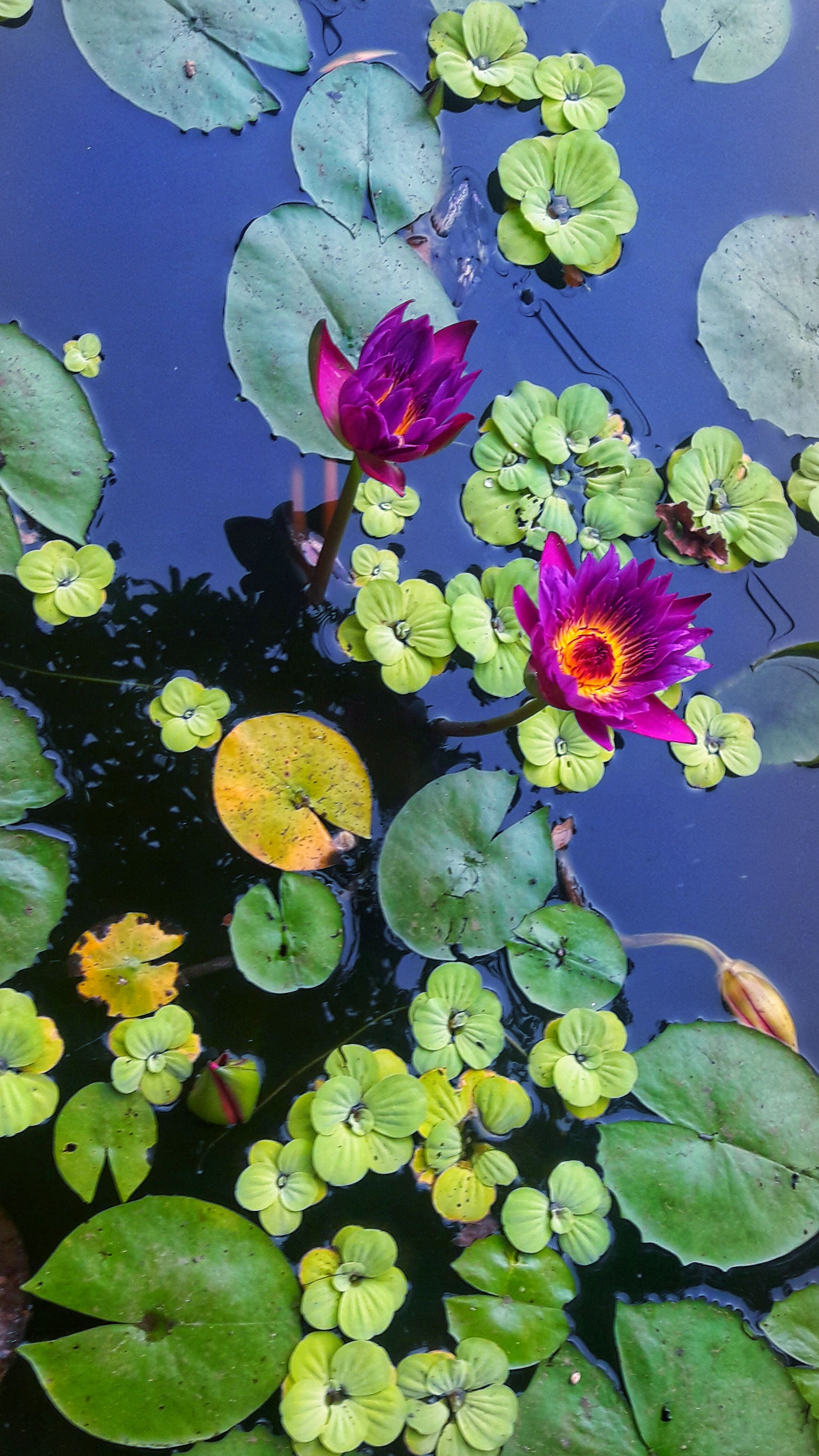
Beautiful Flowers
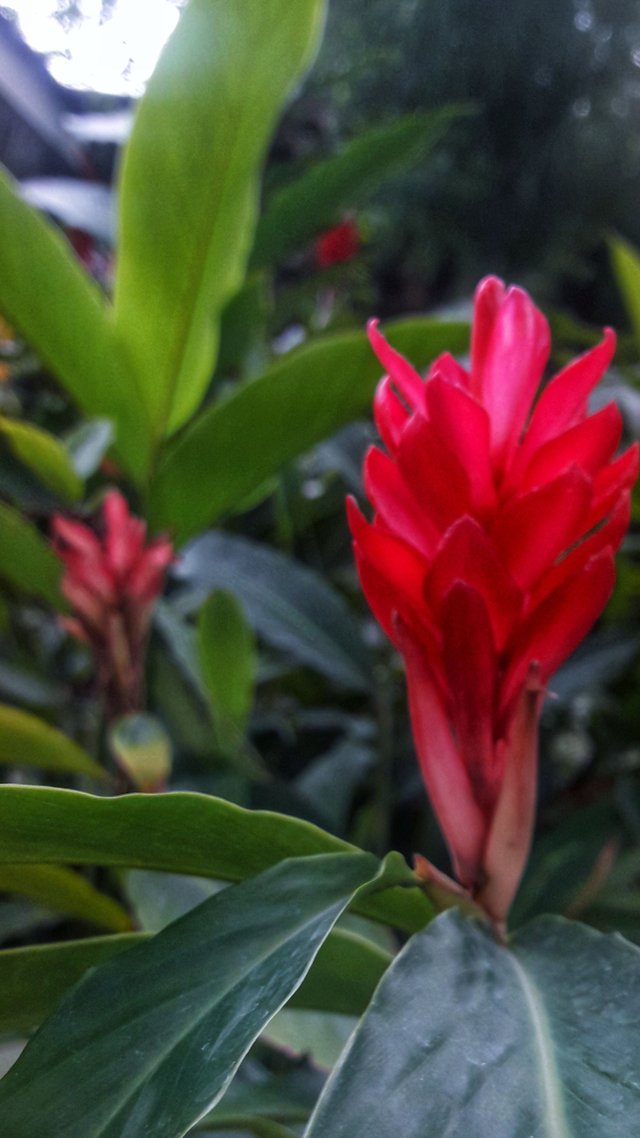
MacroPhotography
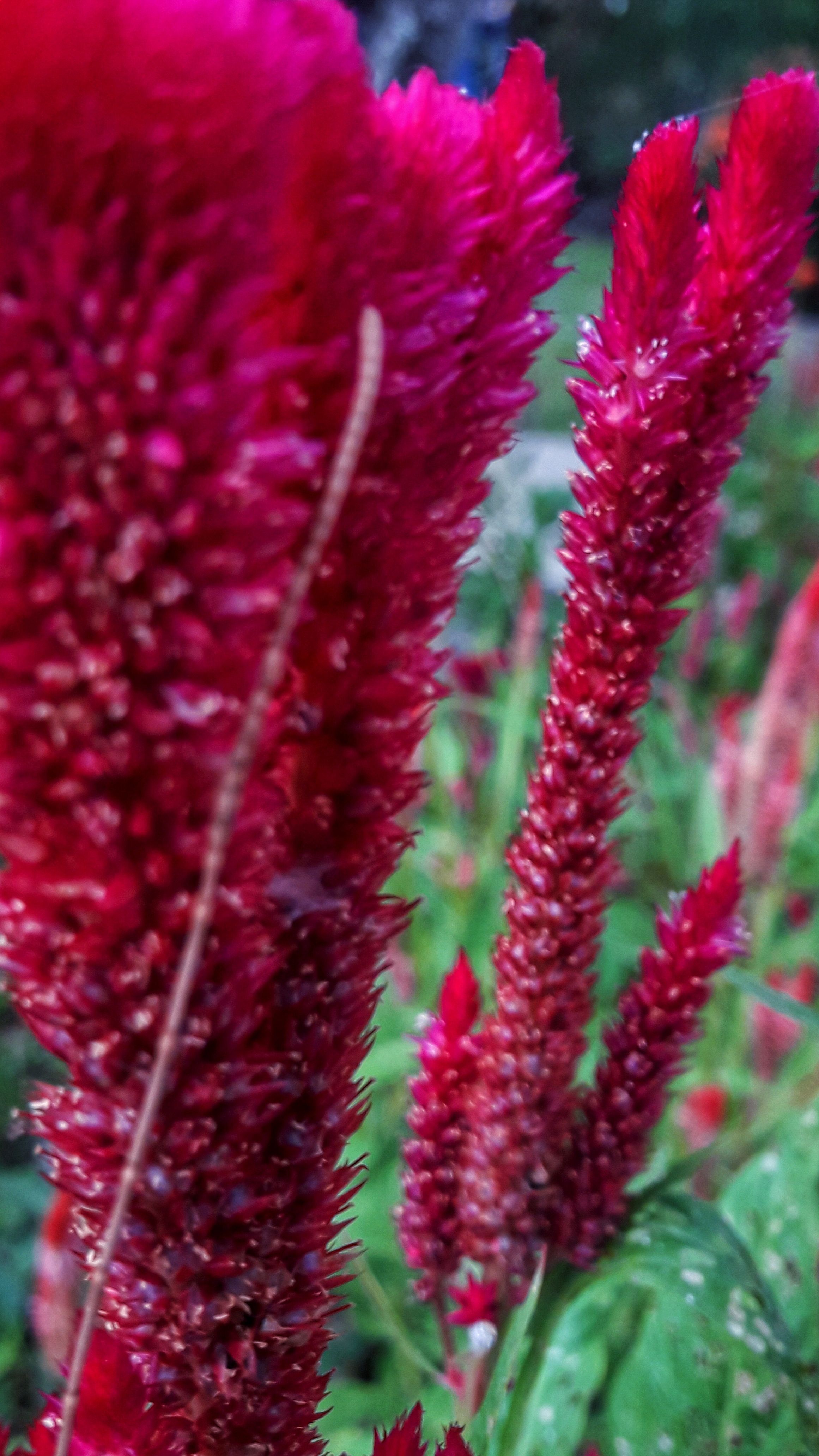
Red Flower

Pink Flower
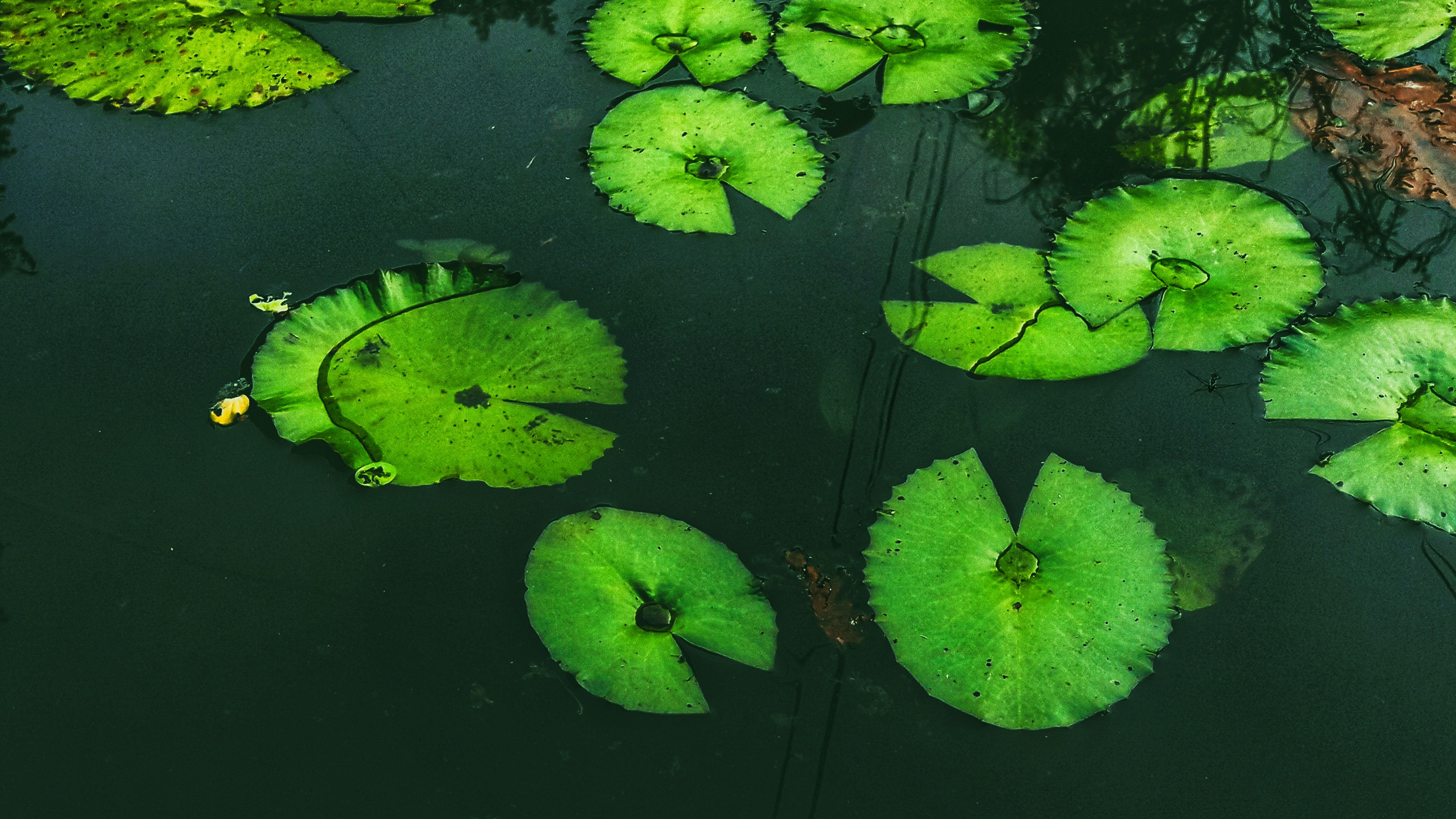
Floating Waterlilies
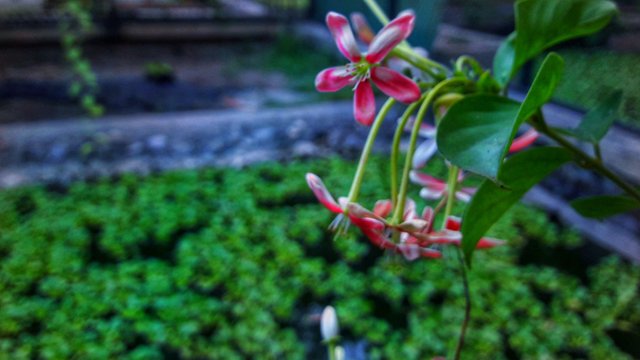
Pond of A Beast
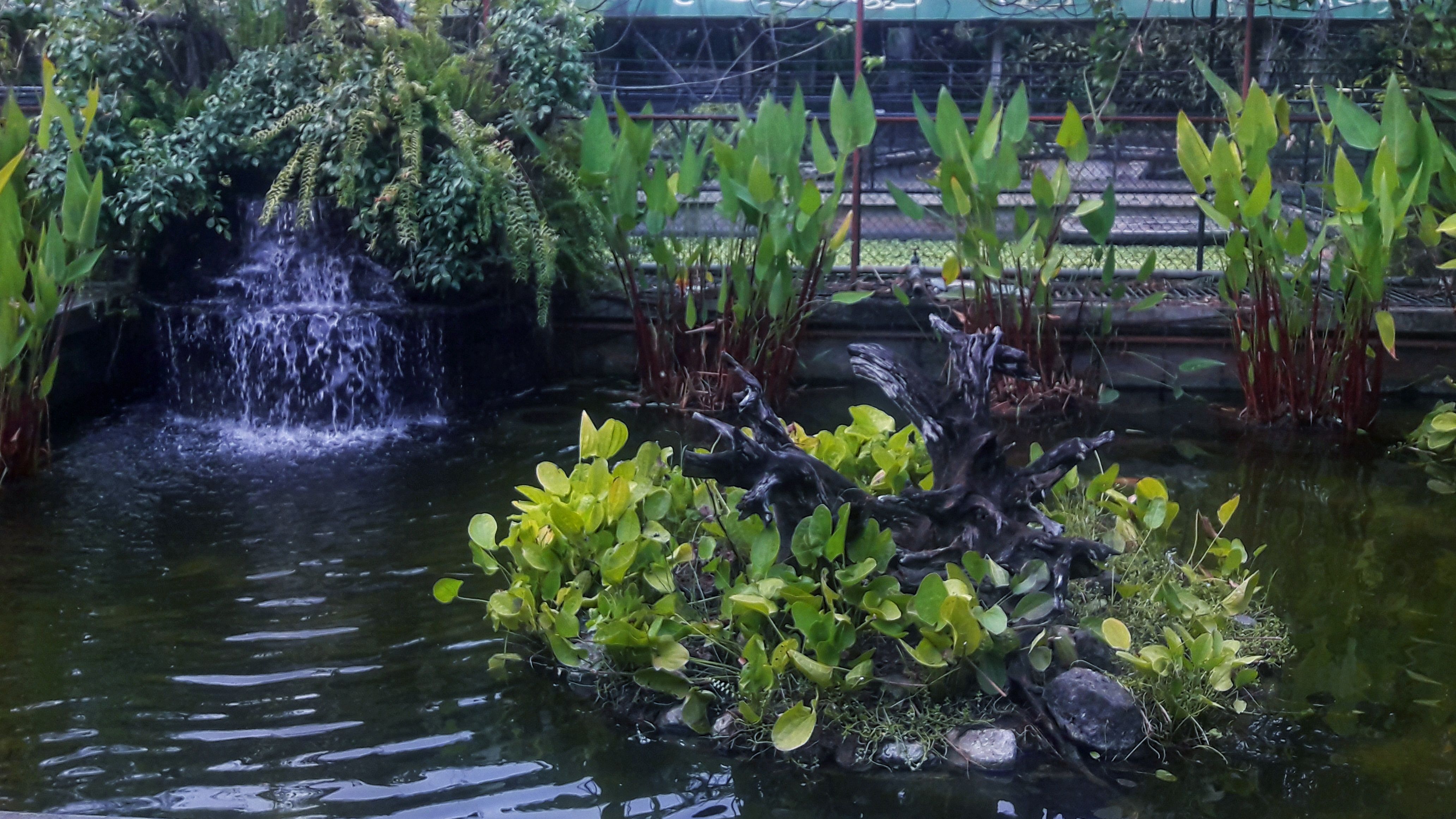
Pond
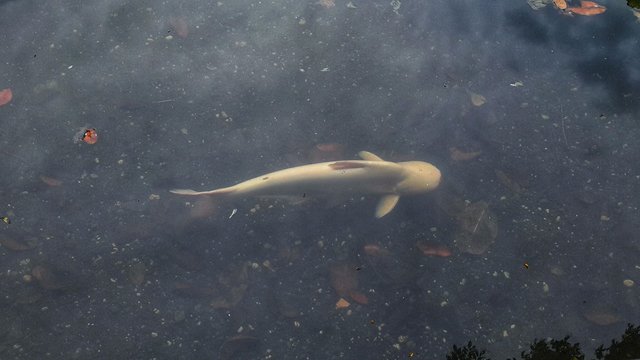
Fish In The Pond
Now that I have fully share all the features in Crocolandia (there are more than what I have stated in this blog). I will now introduce to you the on and only Lapu-lapu
Lapu-Lapu
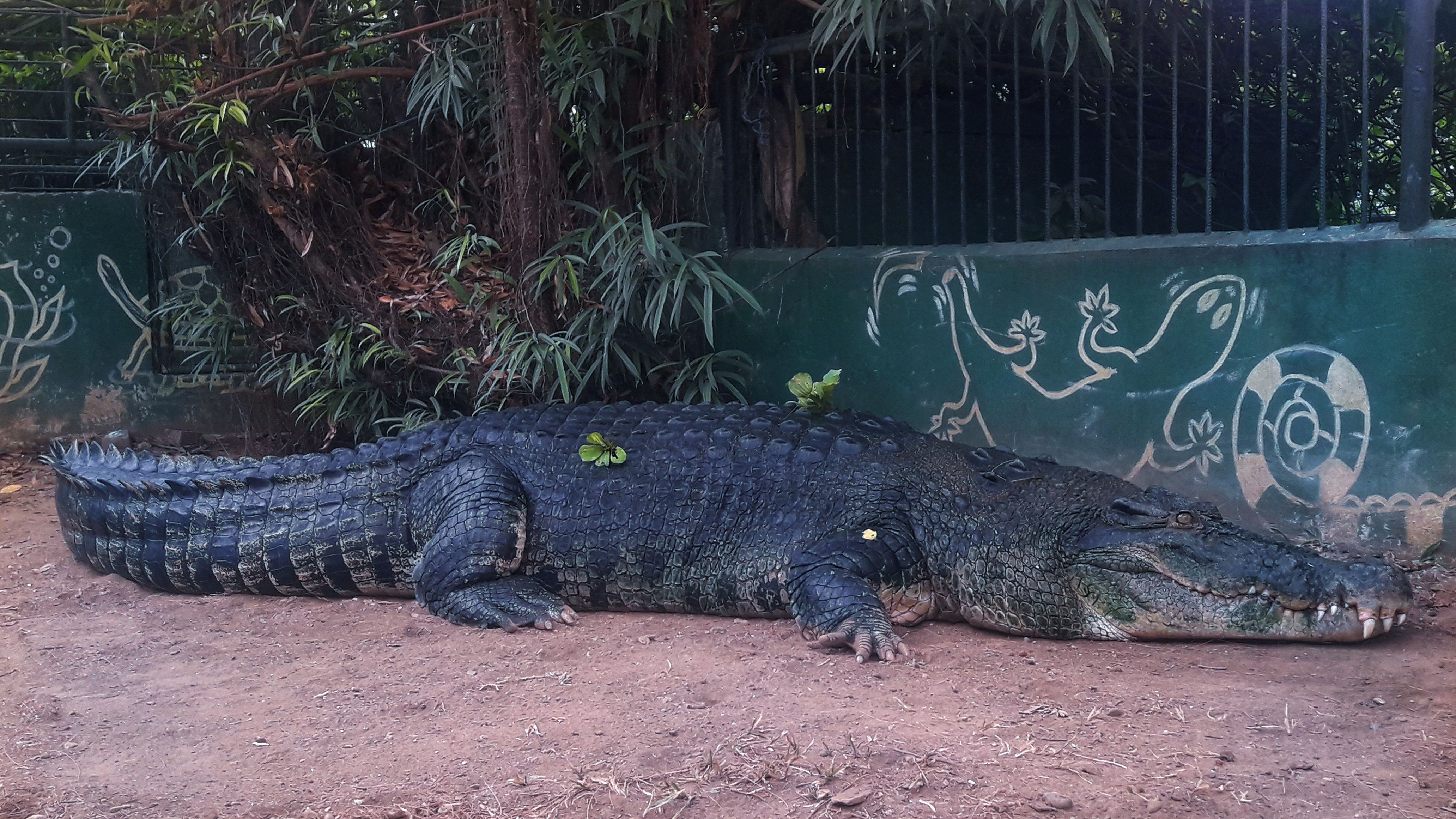
Crocolandia's Pride
Lapu-Lapu is the largest and oldest crocodile in the park. It has a weight of over 1000 kilograms and more than 16 feet. He is living more than 60 years base on Crocolandia. He was very big and large. It was indeed the largest crocodile I have ever seen. My heart stops beating when he opened his mouth like he was going to eat. But base on my studies, crocodiles often open their mouth in order to cool themselves. Their jaws are what they use in eating and hunting prey. So opening their mouths often could exercise their jaws.
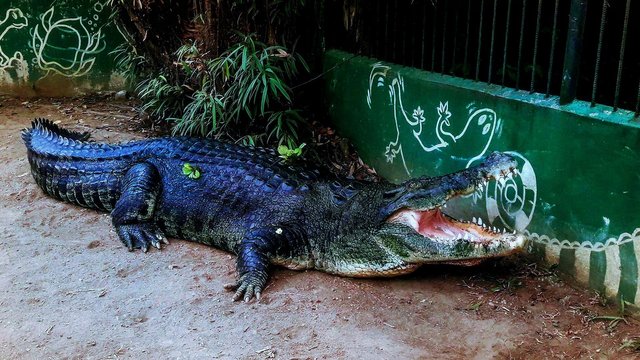
Lapu-Lapu Opening His Mouth
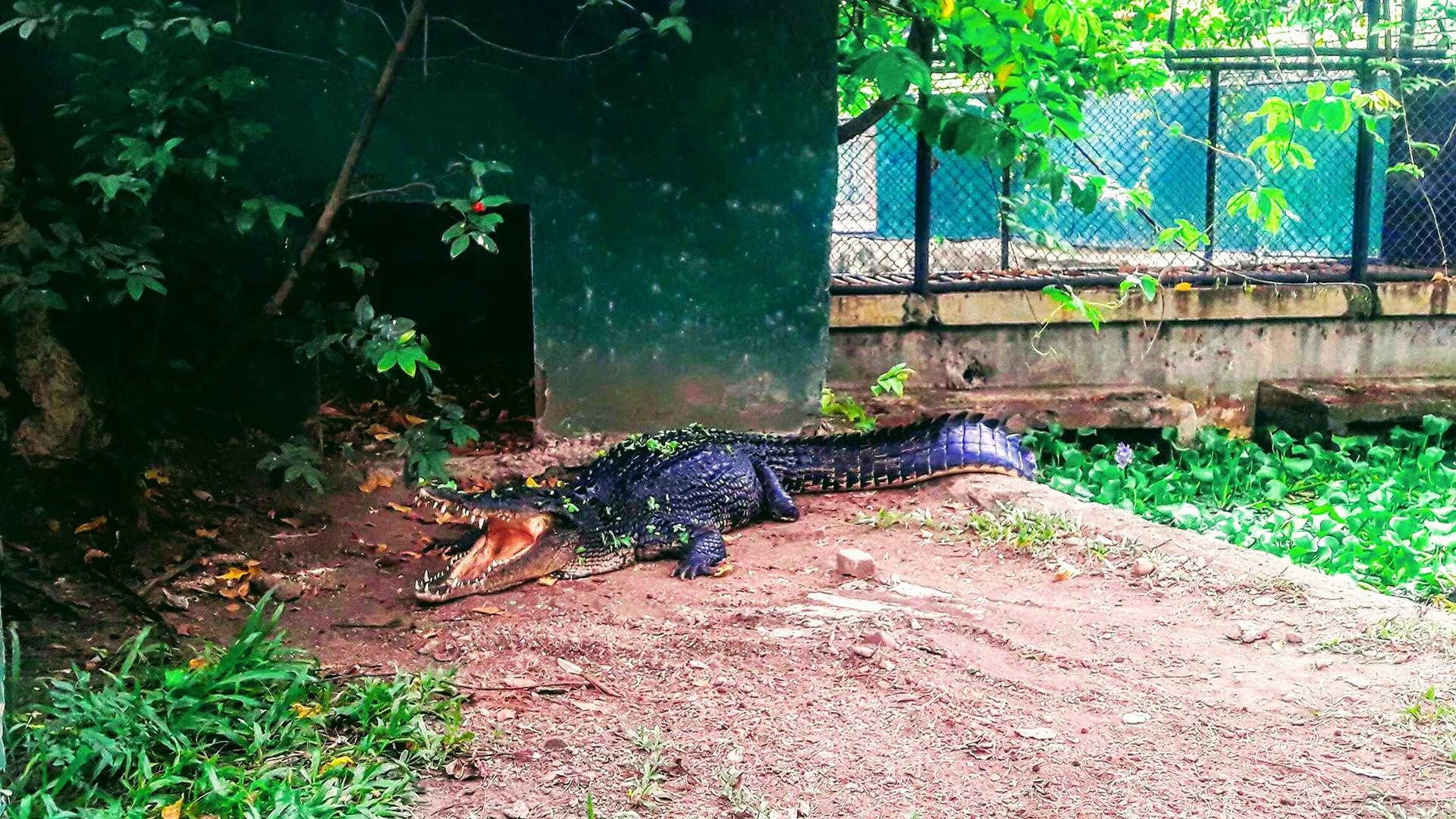
A Crocodile Neighbor of Lapu-Lapu and is Opening its Mouth as well
Budget
- Php 40.00 - Mybus air-conditioned bus from Parkmall - SM Cebu City to Talisay Gaisano Mall.
- Php 20.00 - Tricycle ride to Crocolandia
- Php 100.00 - Entrance Fee
- Php 50-100.00 - Food & Snacks (Situational)
- Php 10-20.00 - Tricycle ride to the national highway. (20 pesos back to Gaisano/ 10 pesos to Mybus Stop)
- Php 40.00 - Mybus air-conditioned bus from Talisay to Sm Cebu City - Parkmall.
Conclusion
Watching these different species of animal makes me feel the struggles and threat they felt when fellow humans destroy their homes. I felt very sad knowing that someday some of this animals won't survive. I am very happy that there is a conservation park here in Cebu to protect these animals - Crocolandia. I am very grateful to see such spectacular species that I haven't seen before. I appreciate how God made these beautiful and different kinds of animals.
About This Blog
I just want to state that all the photos here used are taken by yours truly, @carlitojoshua. I am very sorry for the quality of the photos, I don't have a nice camera other than my J7 Core. I also want to state that all the information about every animal that I stated are from Crocolandia's source. So if you have any questions or suggestions just comment down below so we can talk about it.
I wanted to share this blog in order for all to realize that we need to help the animals that we threat in the first place to have a beautiful home and in proper condition. I believe that Crocolandia has given the animals the care, home and all they deserve. (except freedom- obviously Crocolandia wants the animals to be safe and in hands).
Greetings,
@carlitojoshua
Carlitoo!! Subrahan ra sad ni kataas oyy. Ahak haha
nice siya if mubasa ka tanan ;) :P haha salamat kuya for dropping by
Basahon ko ni carlito, dont worry. :) Duty pa lang oks. :D
salamat kuya :) Dako kaayo na nga kalipay para nako salamat salamat :)
Grabi carlito, halfway pa gani ko busog na kay kos akong gibasa. Sayang kay imong mga pictures sa? Madala na unta nig curie. Huhuhu
lagi :'( sakit kaayo akong dughan pero ok ra :)
Hapit naka maka dslr dodong carlito. Gamay nalang gyud. <3
Dugay pa kaayo hehe😔. Braces lang usa haha
You really have put your heart in this article. The effort that you have invested is really already an exceptional thing. Continue what you have started because in the end, you'll be noticed! Congratulations! This is one of a kind! Lovelots, ya @morken
salamat @morken
Congratulations! this post got an upvote by @steemrepo and was manually picked by the curator @yanosh01 to be added on STEEM REPOSITORY, simply comment "YES" and we upload it on STEEM REPO Website.
Wants to know more about the Steem Repo project? Contact us on Discord
Yes.
Wow, this is really loooong! Congrats for producing such quality post. :)
Hehe actually dili unta kaayo ni taas if na apply nako ang proper command pero next time nalang. And btw thank you I will post more quality contents😄
Taasa ani oi. Never ko makahimog in ani.
haha maka himo ka ani kuya oy ;) @christianyocte
Congratulations! This post has been upvoted by the communal account, @steemph.cebu by carlitojoshua being run at Teenvestors Cebu (Road to Financial Freedom Channel). This service is exclusive to Steemians following the Steemph.cebu trail at Steemauto. Thank you for following Steemph.cebu curation trail!
Don't forget to join Steem PH Discord Server, our Discord Server for Philippines.
waaaaahhh biliba nako <3 bantog ra naay perecentage updates hahahaha
Haha salamat ate 😘
Taasa ani nak oy, Reupvoted. Use my 0.02 haha
Salamat pa. Grabeng kapoya anag himo😘😣🤒😪
You have been upvoted by the @sndbox-alpha! Our curation team is currently formed by @jeffbernst, @bitrocker2020, @jrswab & @teachblogger . We are seeking posts of the highest quality and we deem your endeavour as one of them. If you want to get to know more, feel free to check our blog.
Congratulations @carlitojoshua, your post have been featured at Best of PH Daily Featured Posts.
You may check the post here.
About @BestOfPH
We are a curation initiative that is driven to promote Filipino authors who
are producing quality and share-worthy contents on Steemit.
If you would like to delegate to Best of PH you can do so by clicking on the following links.
100SP, 250SP, 500SP, 1000SP, 5000SP.
See Curation/Delegation Incentive Scheme here. Be sure to leave at least 50SP undelegated on your account.
Follow our trail and vote for curated Pinoy authors. If you are a SteemAuto user, @bestofph is an available trail to follow.
If you want to be part of the community, join us on Discord